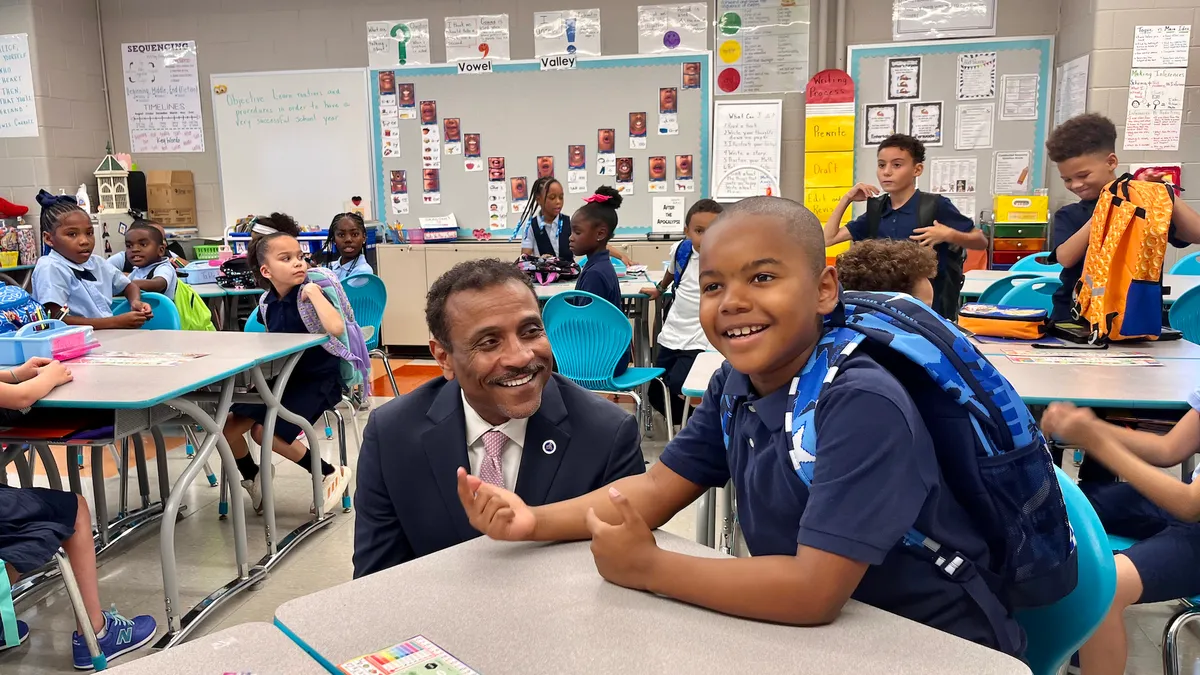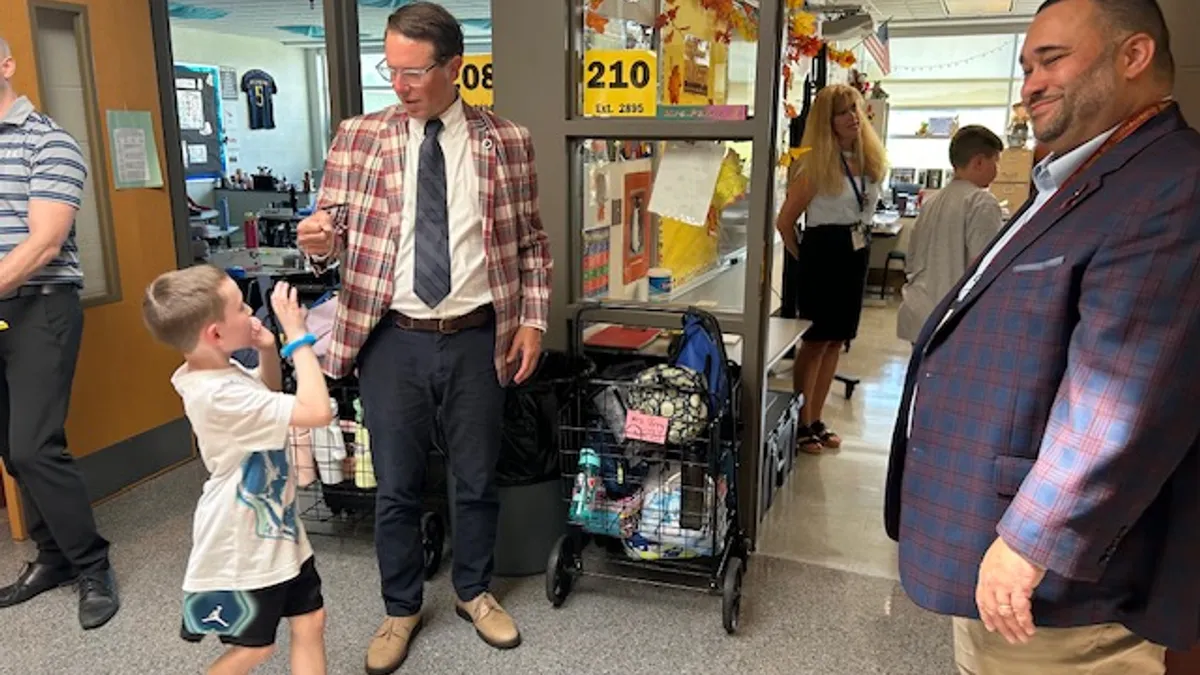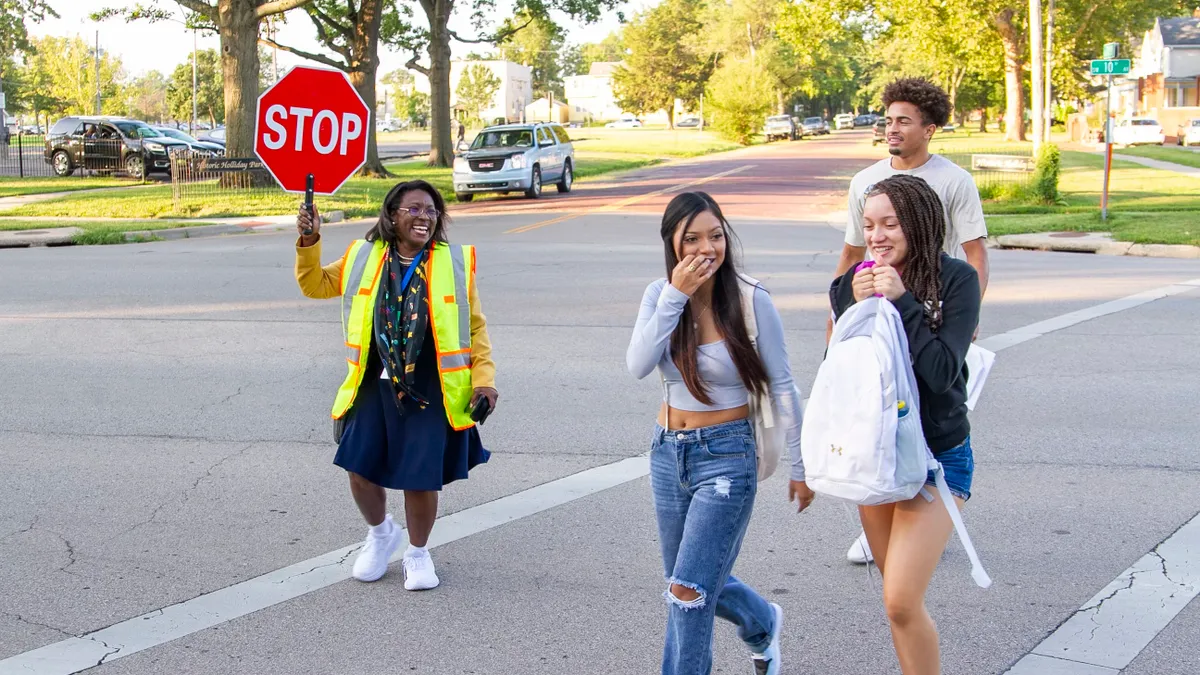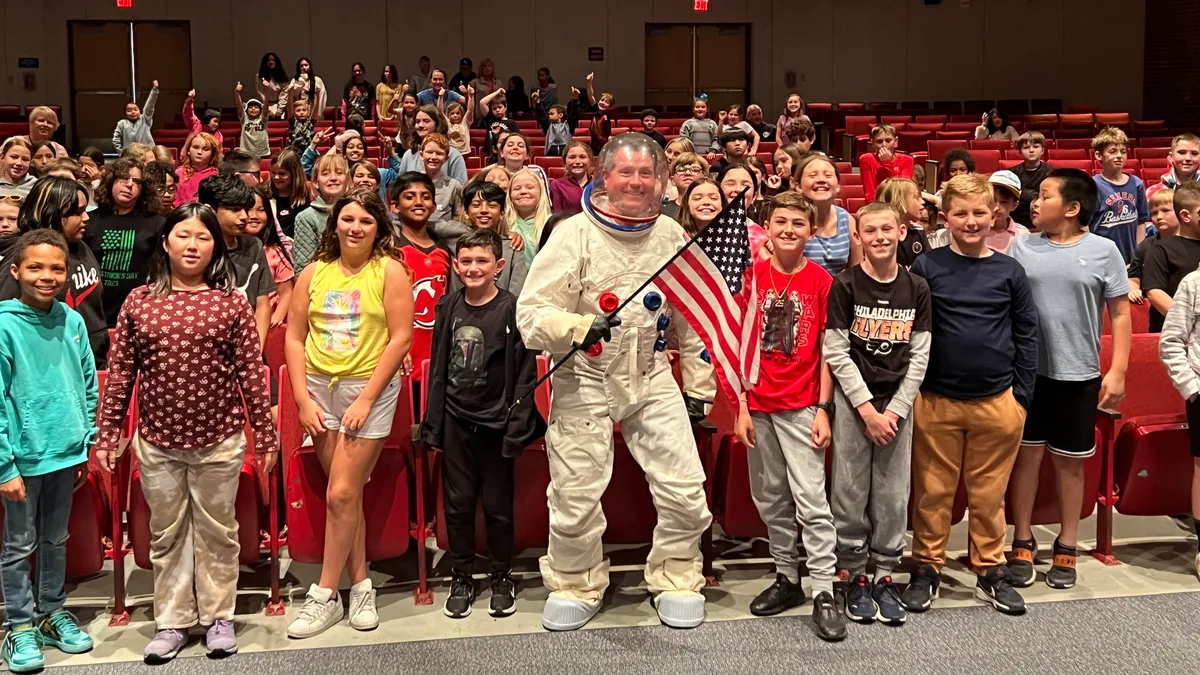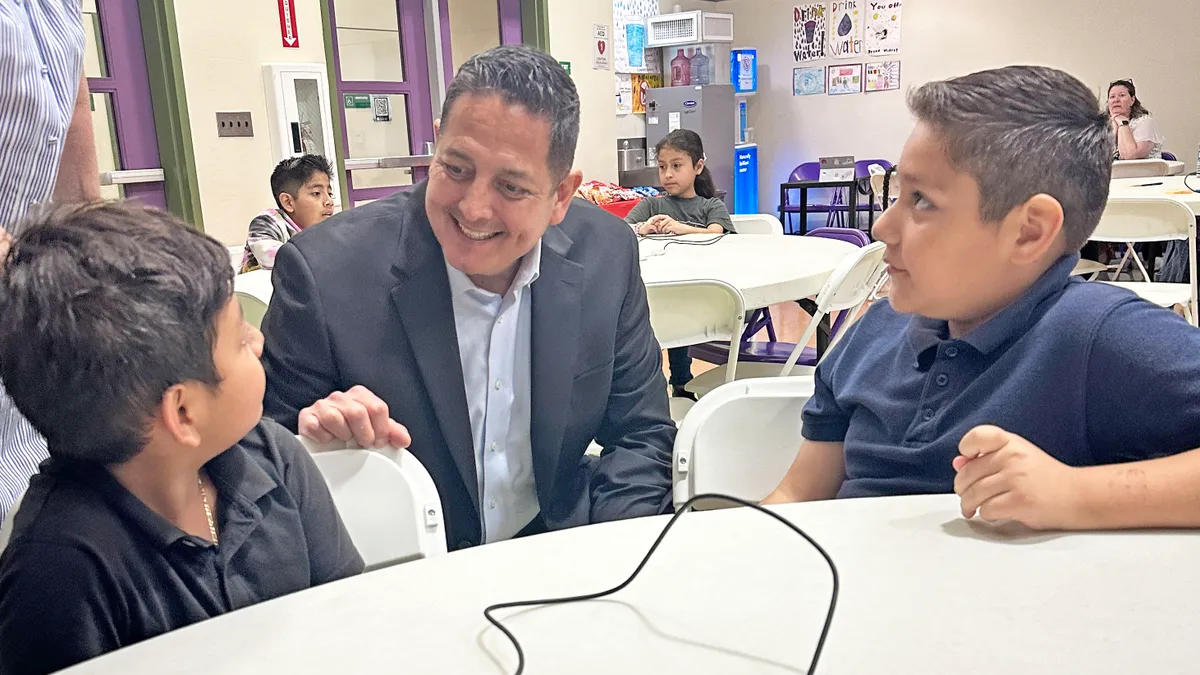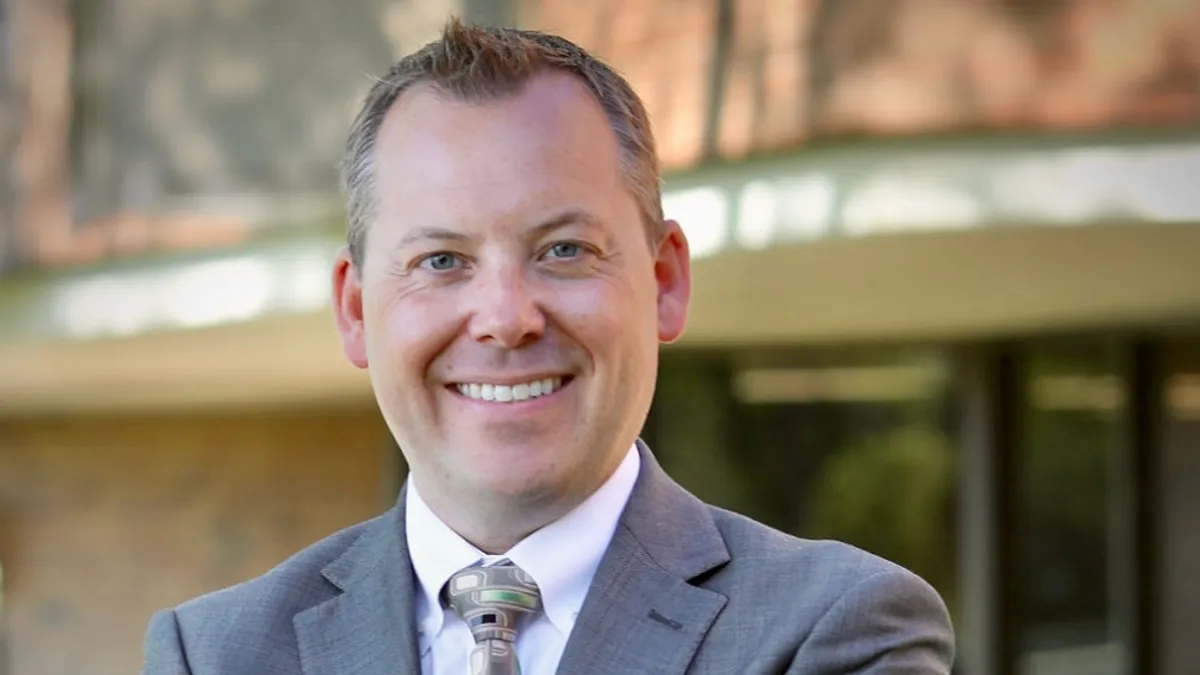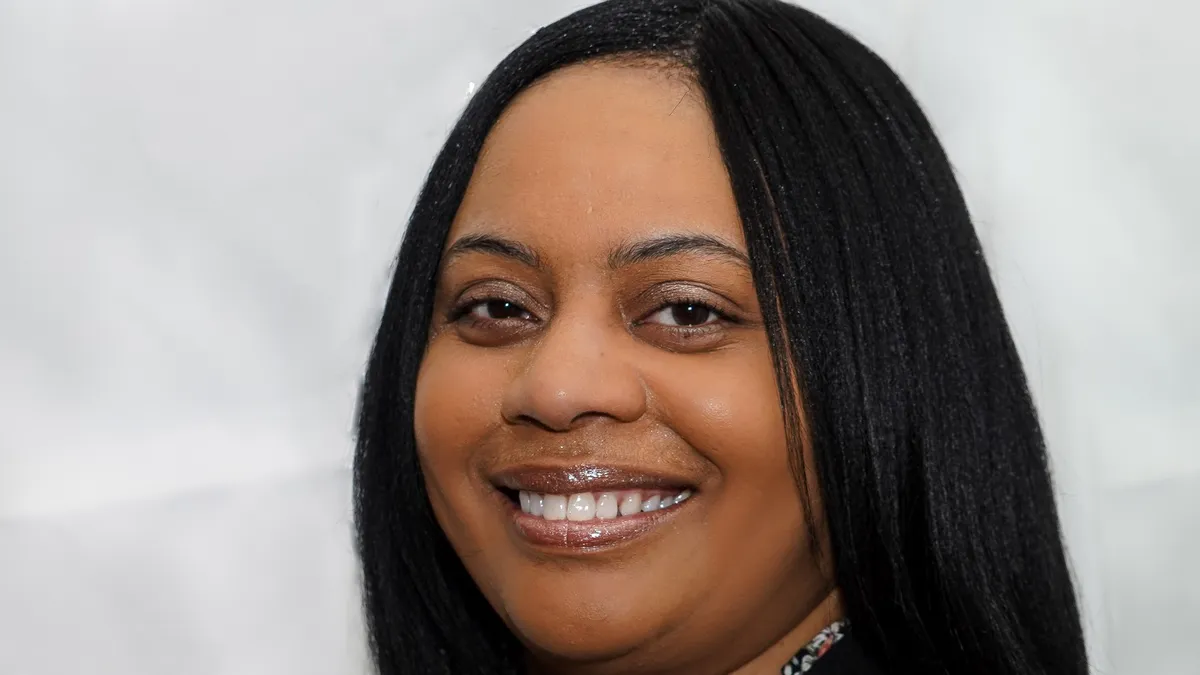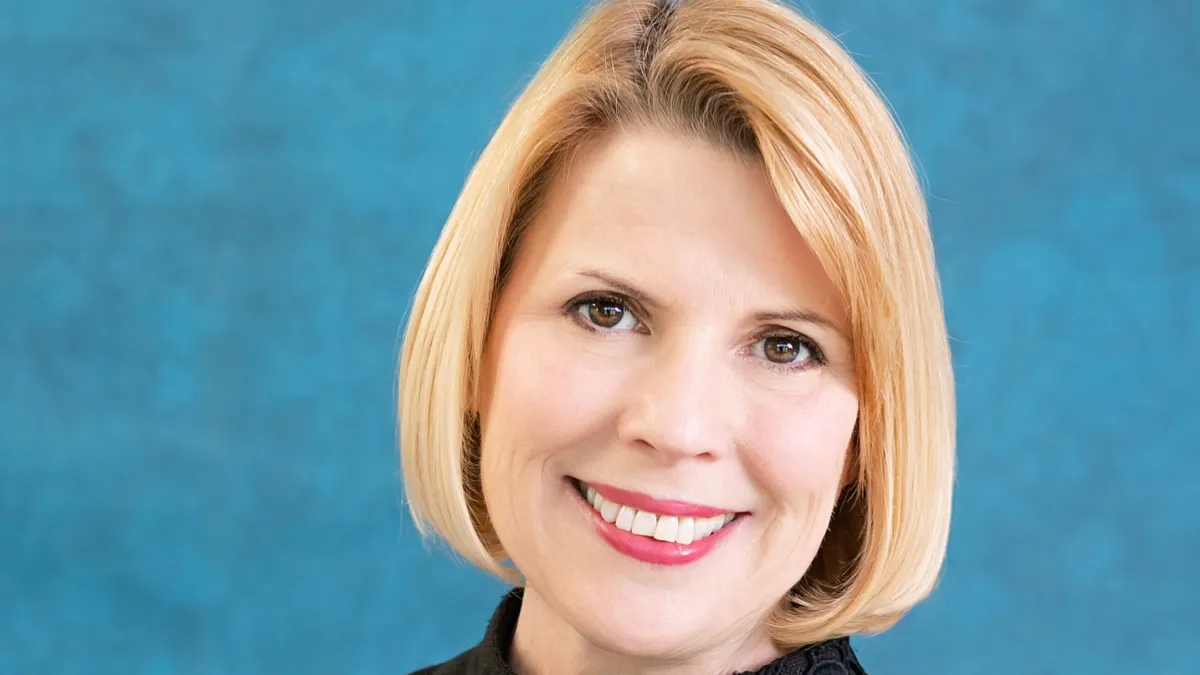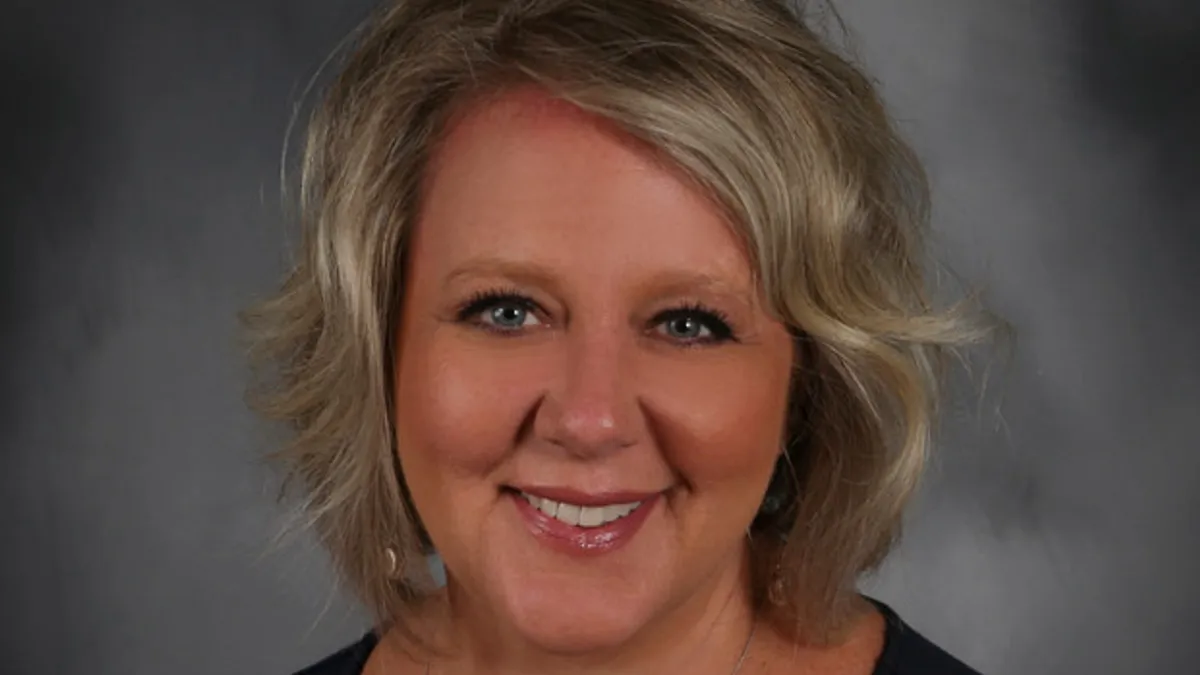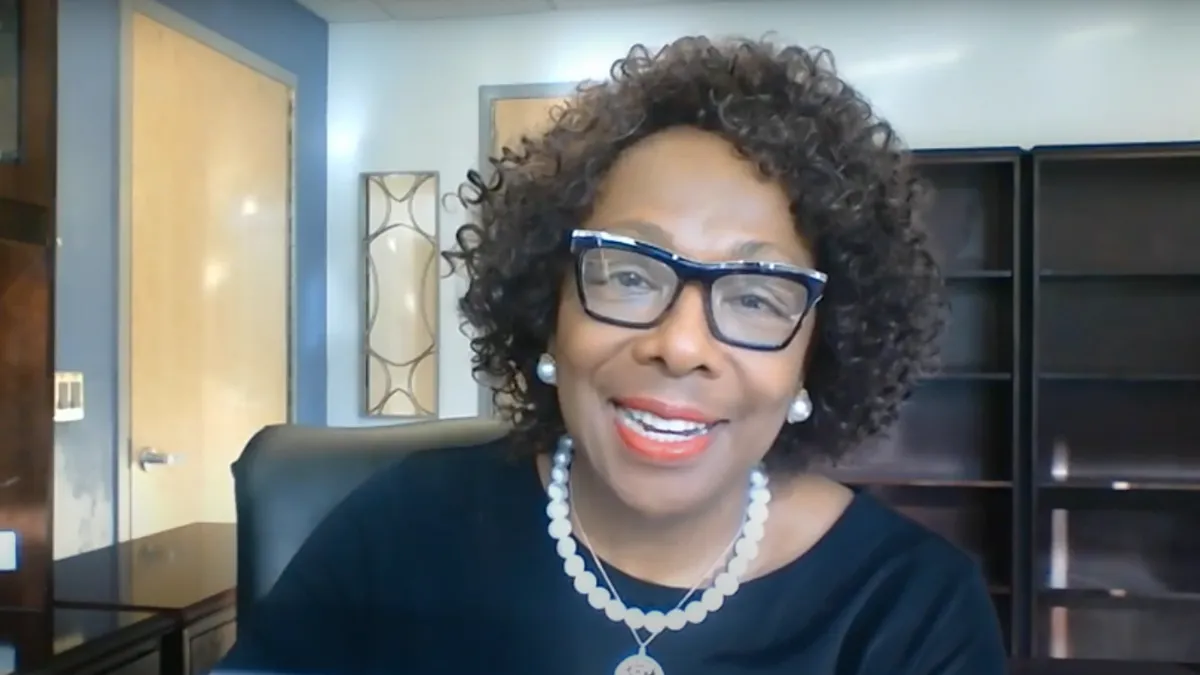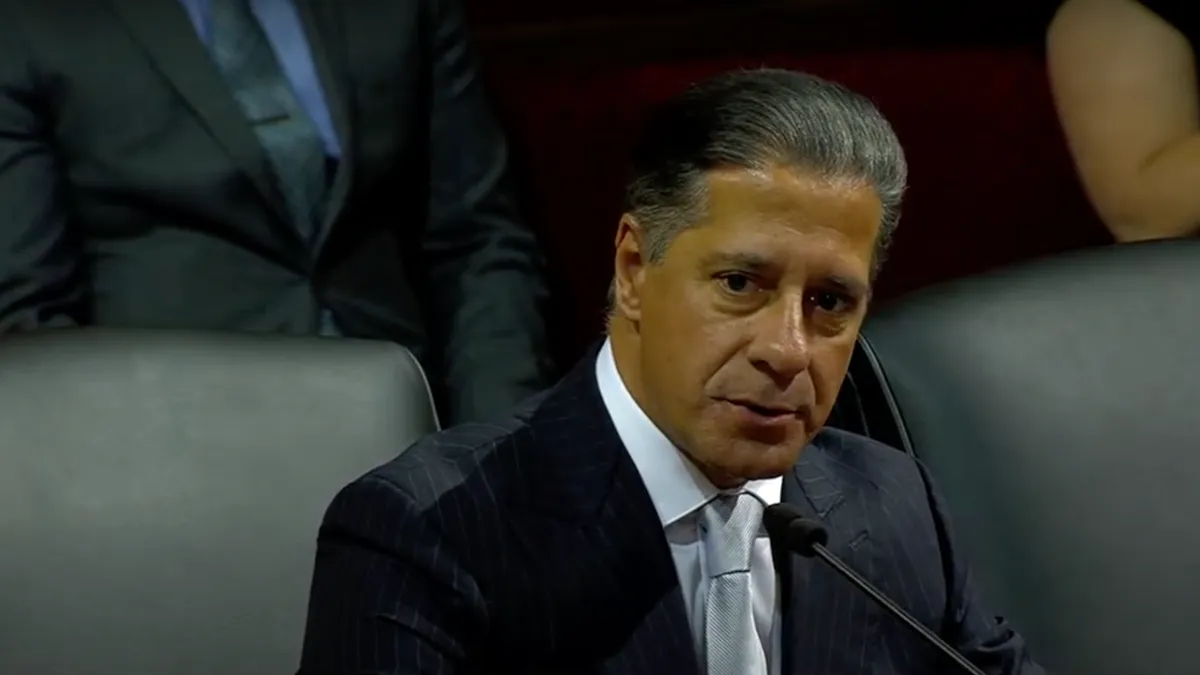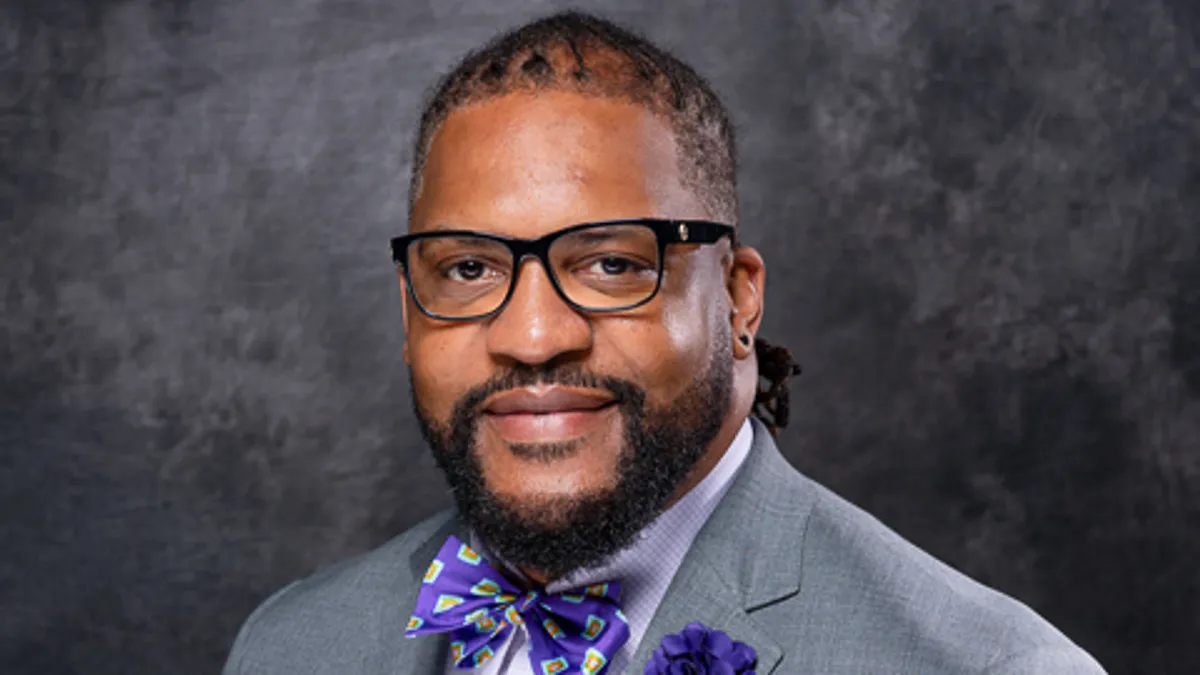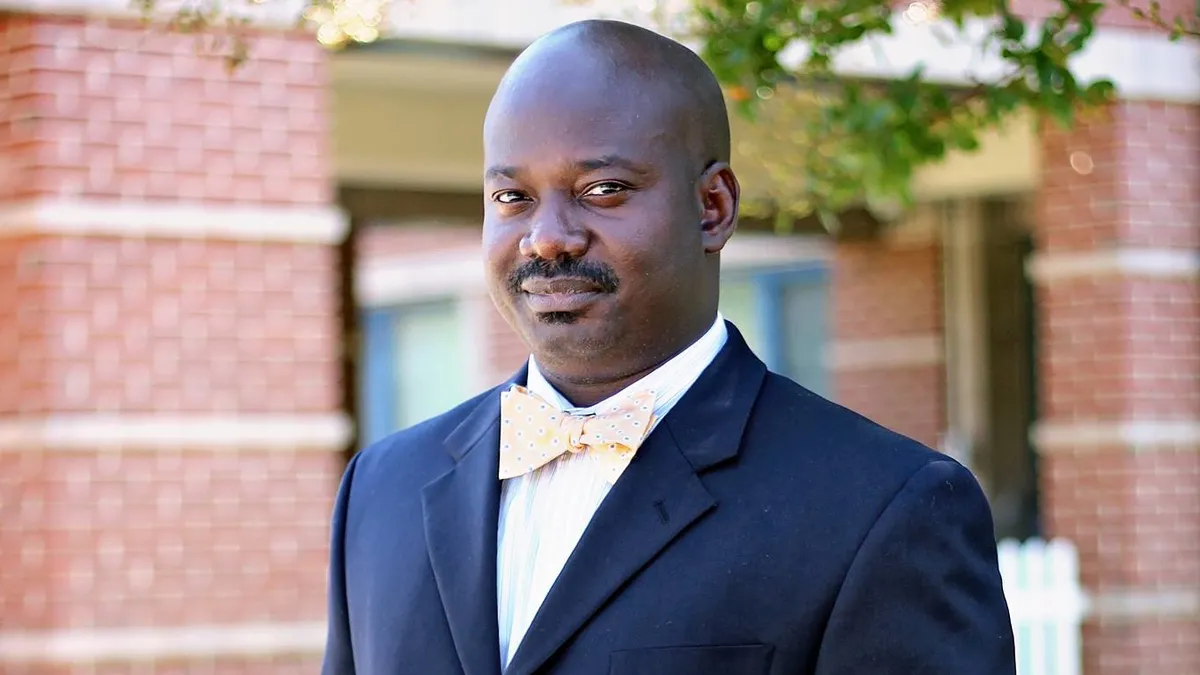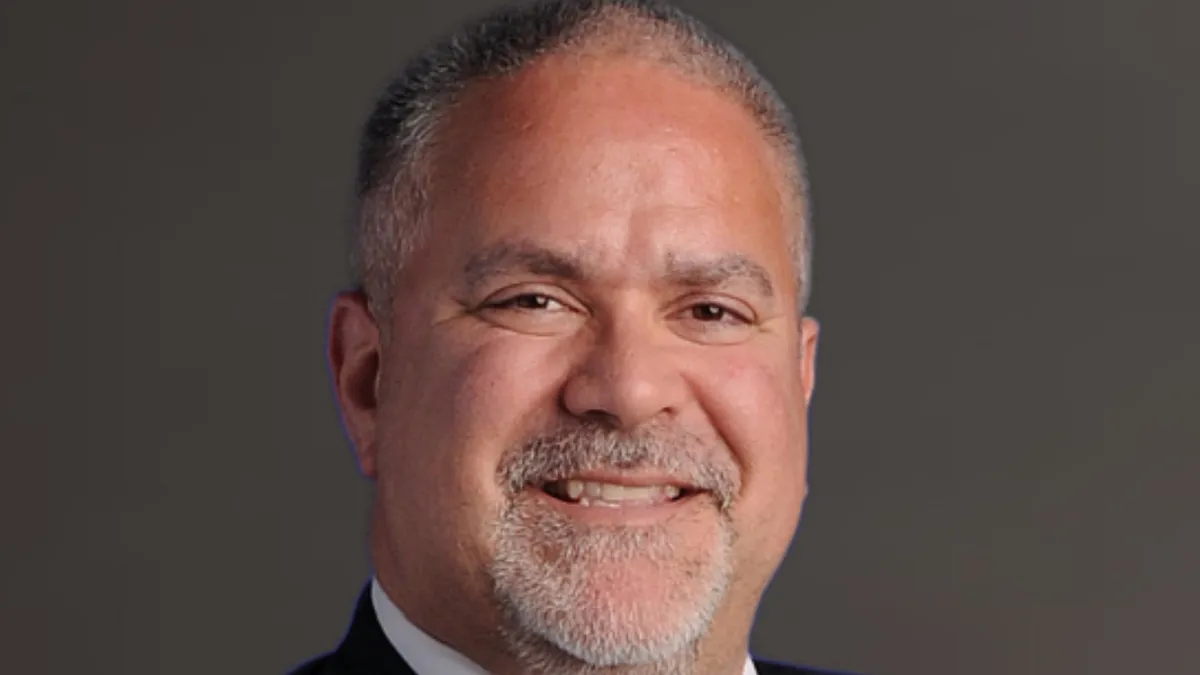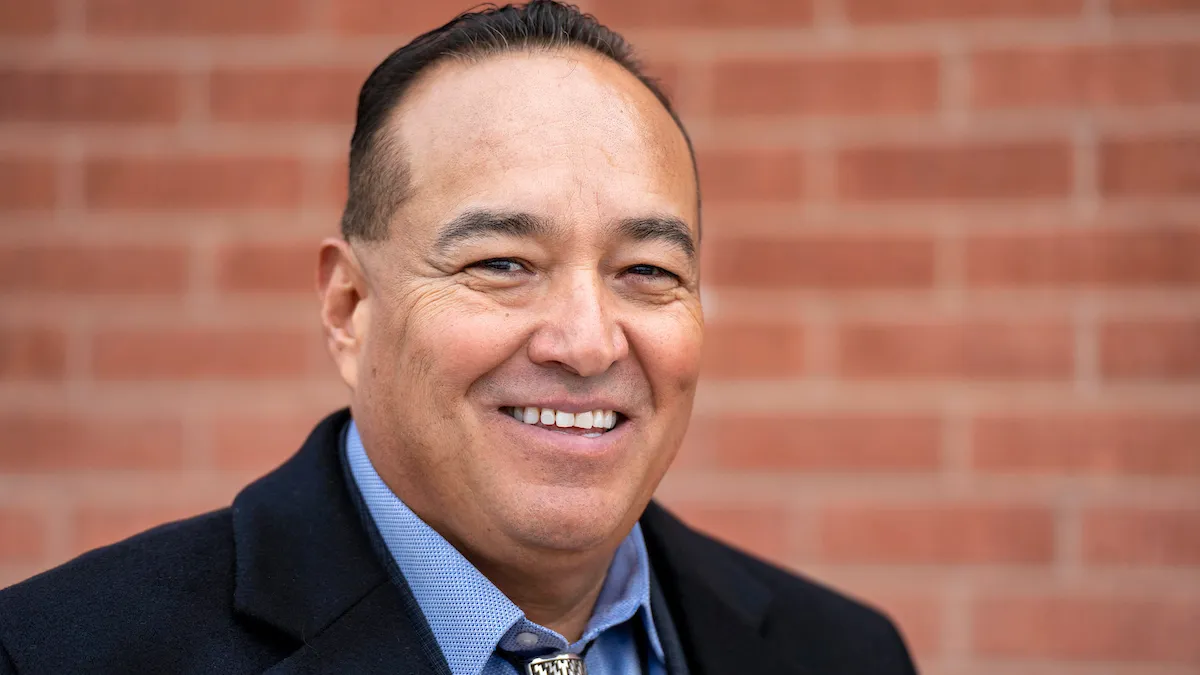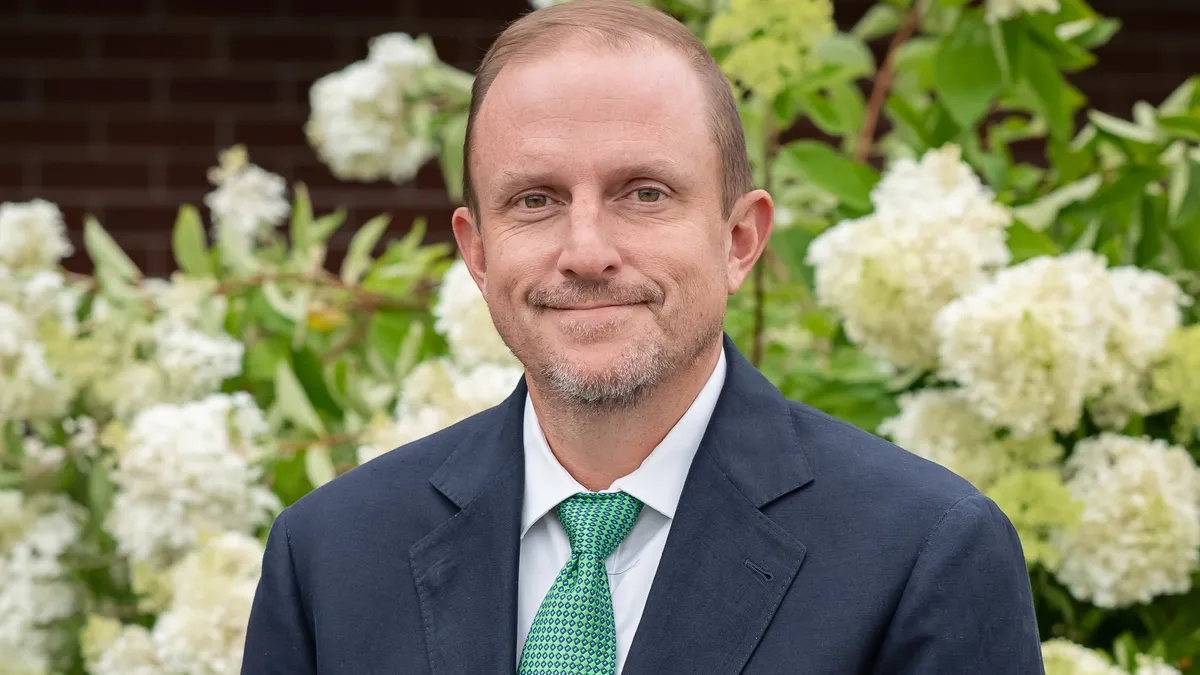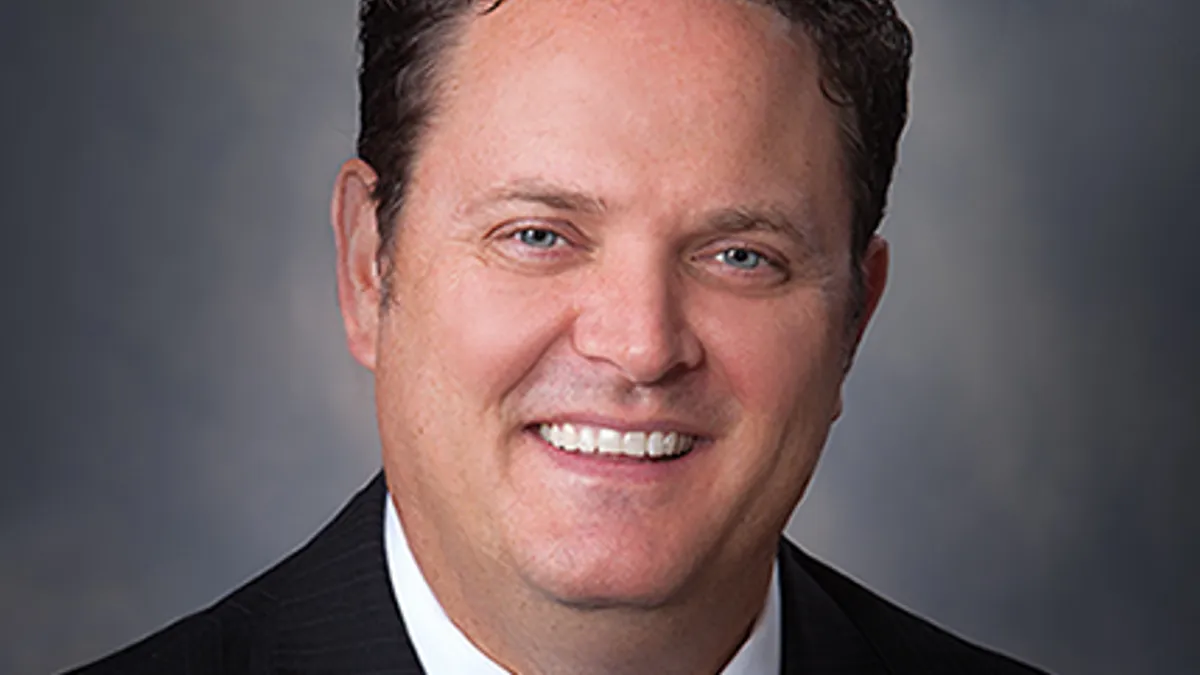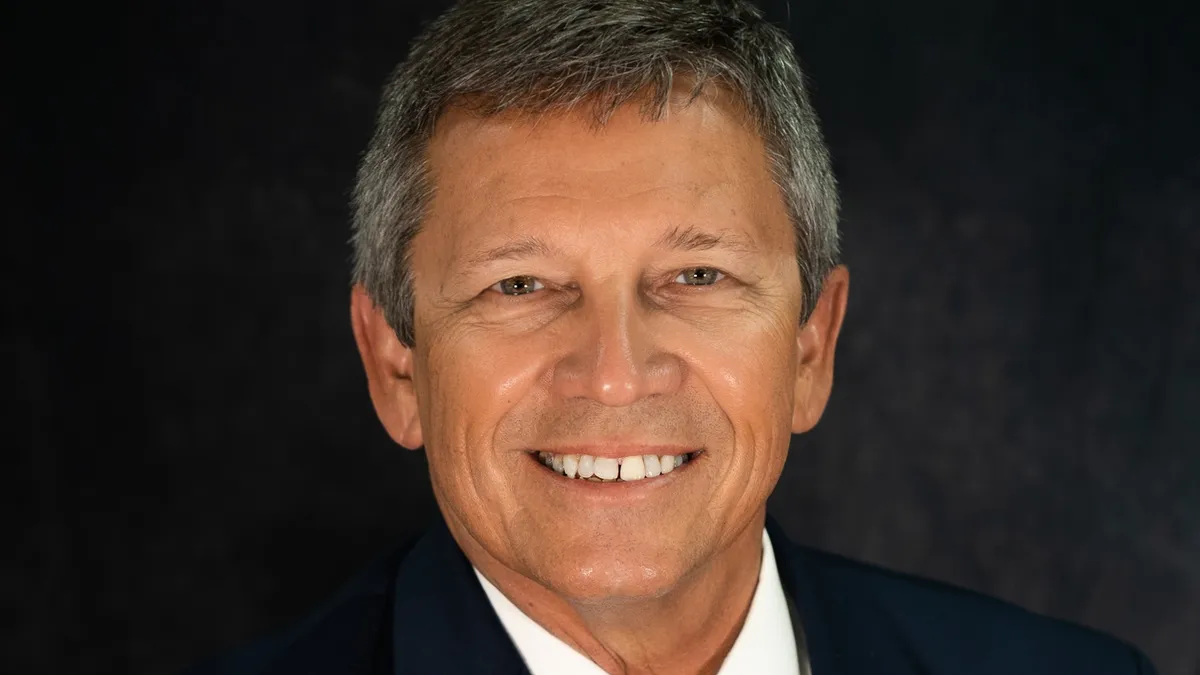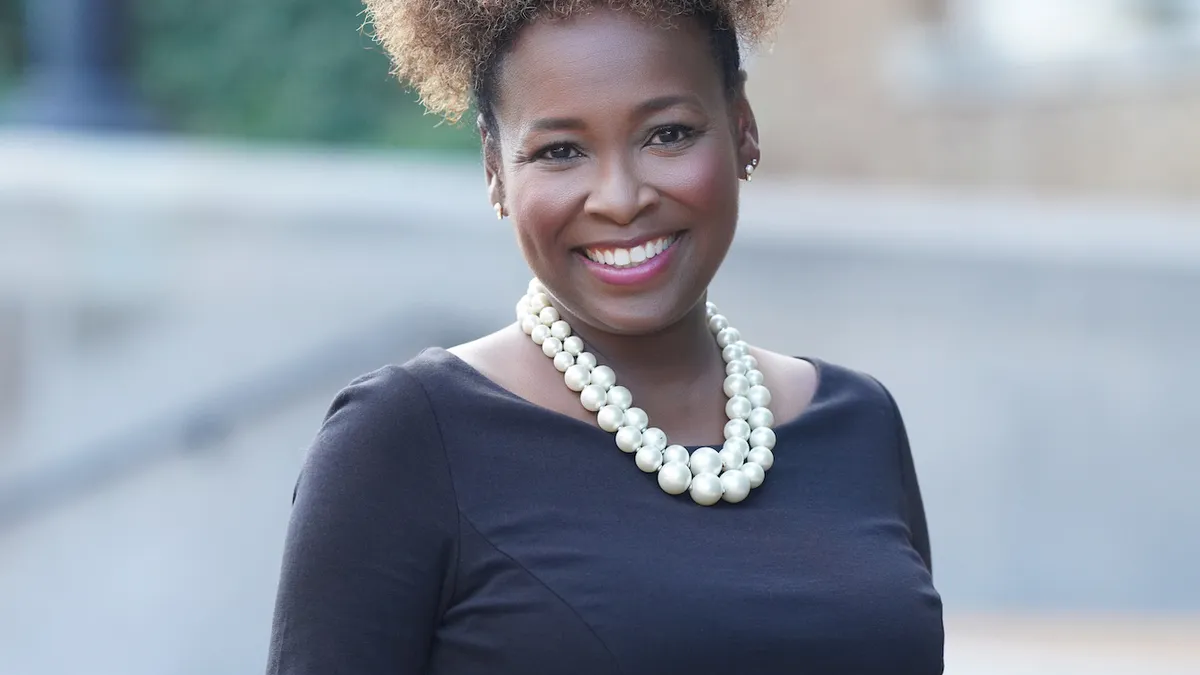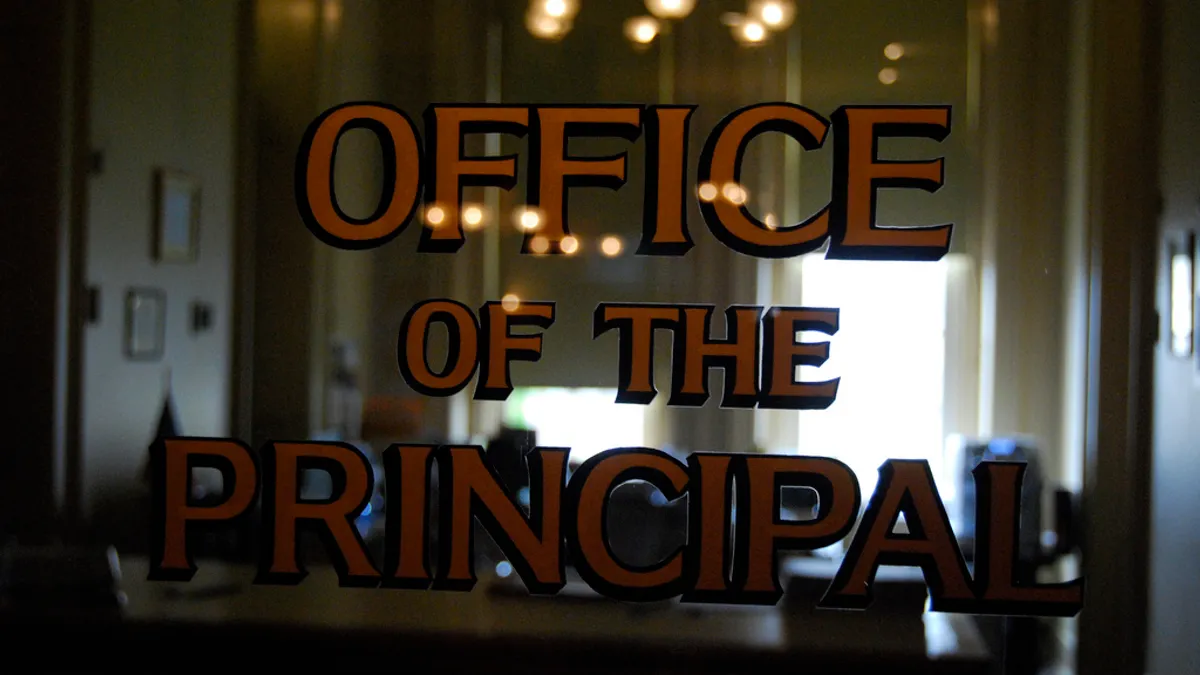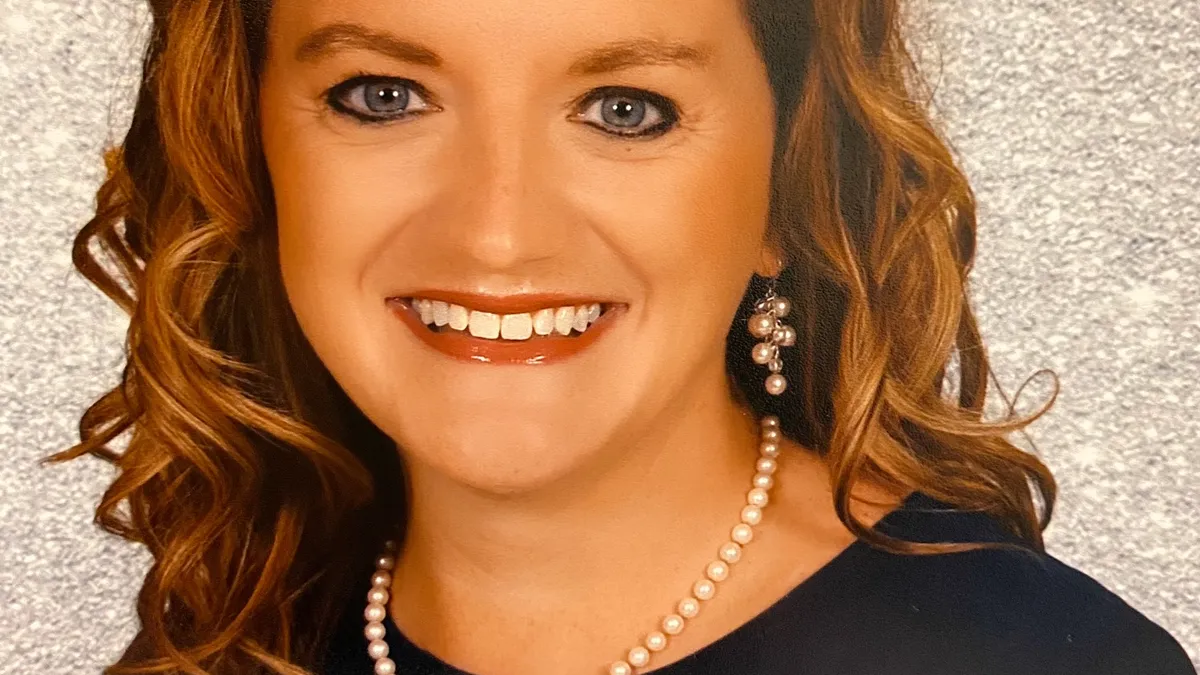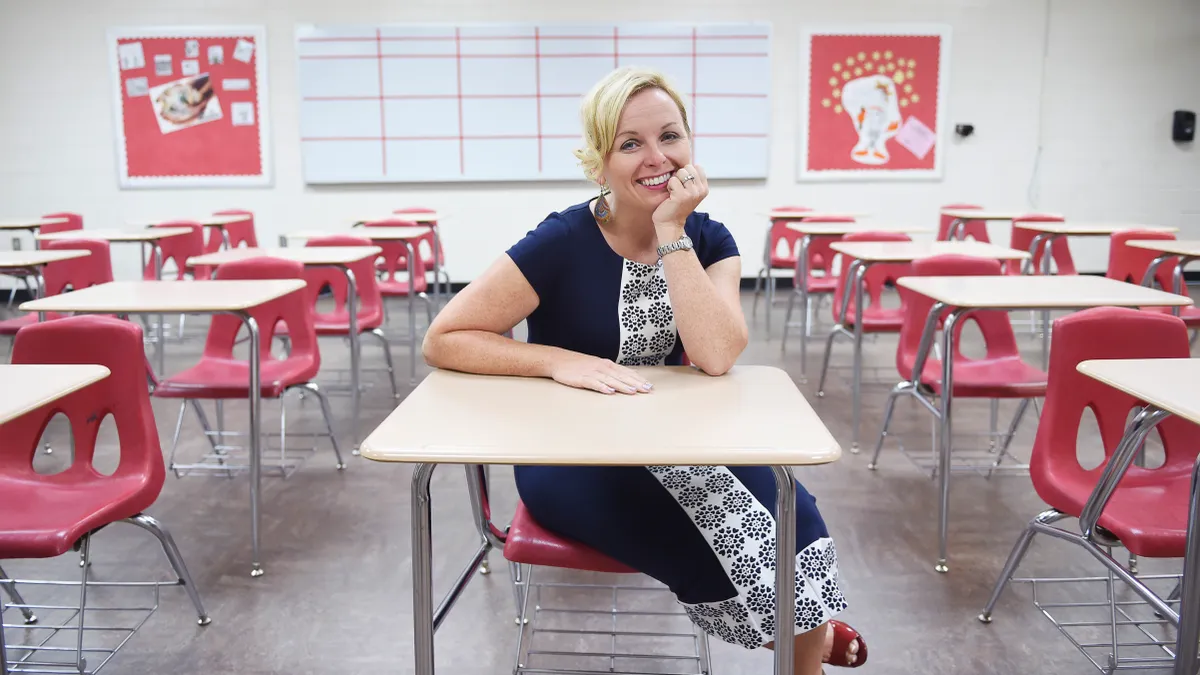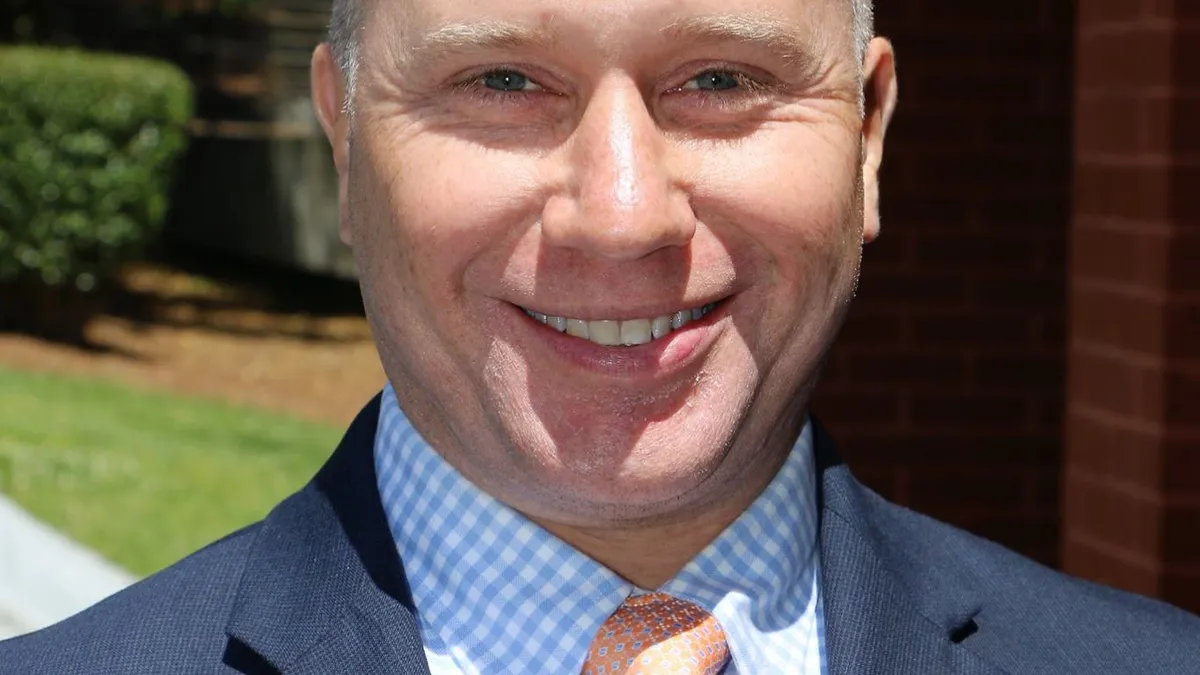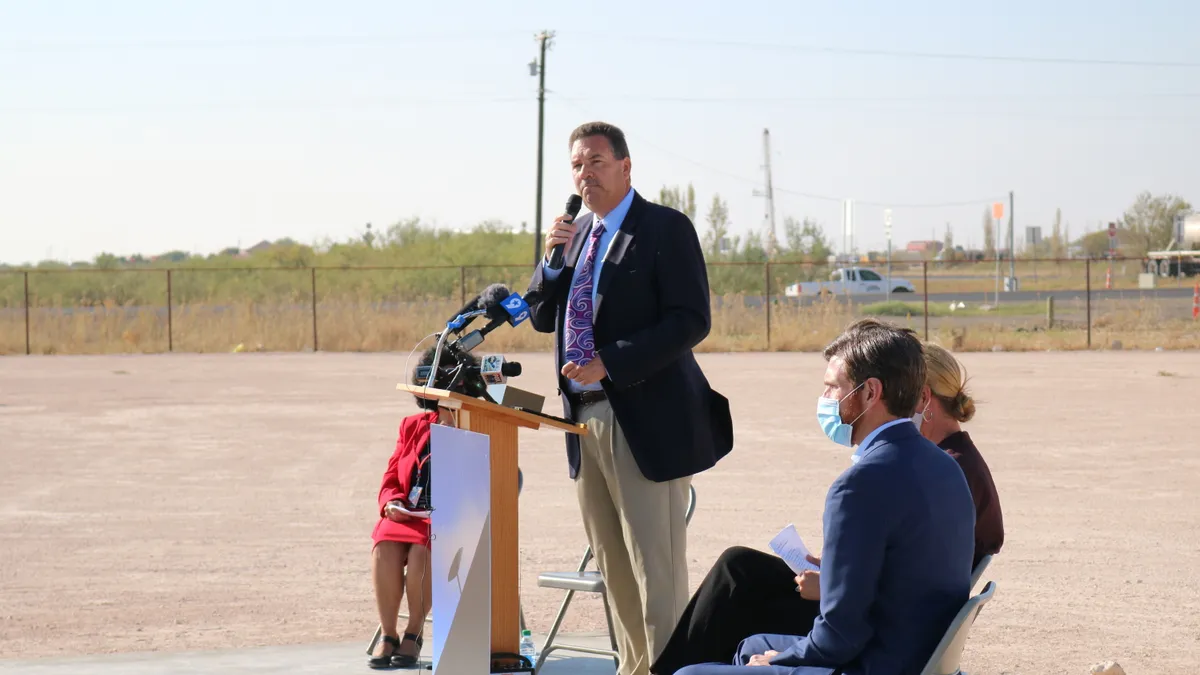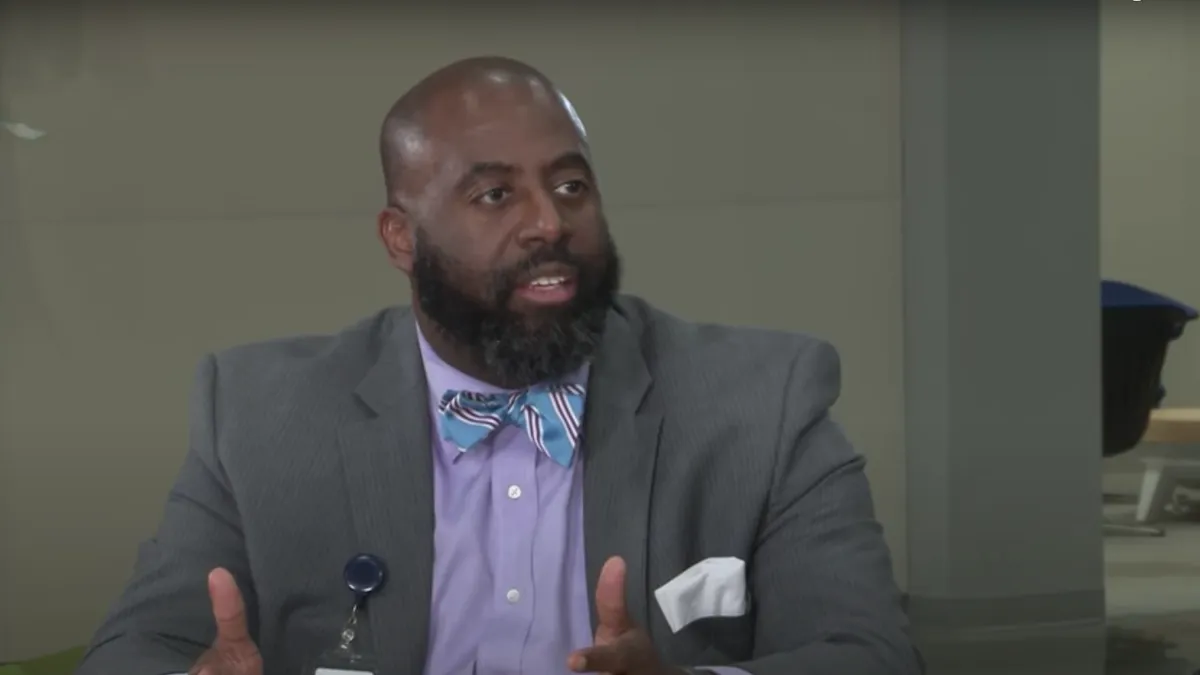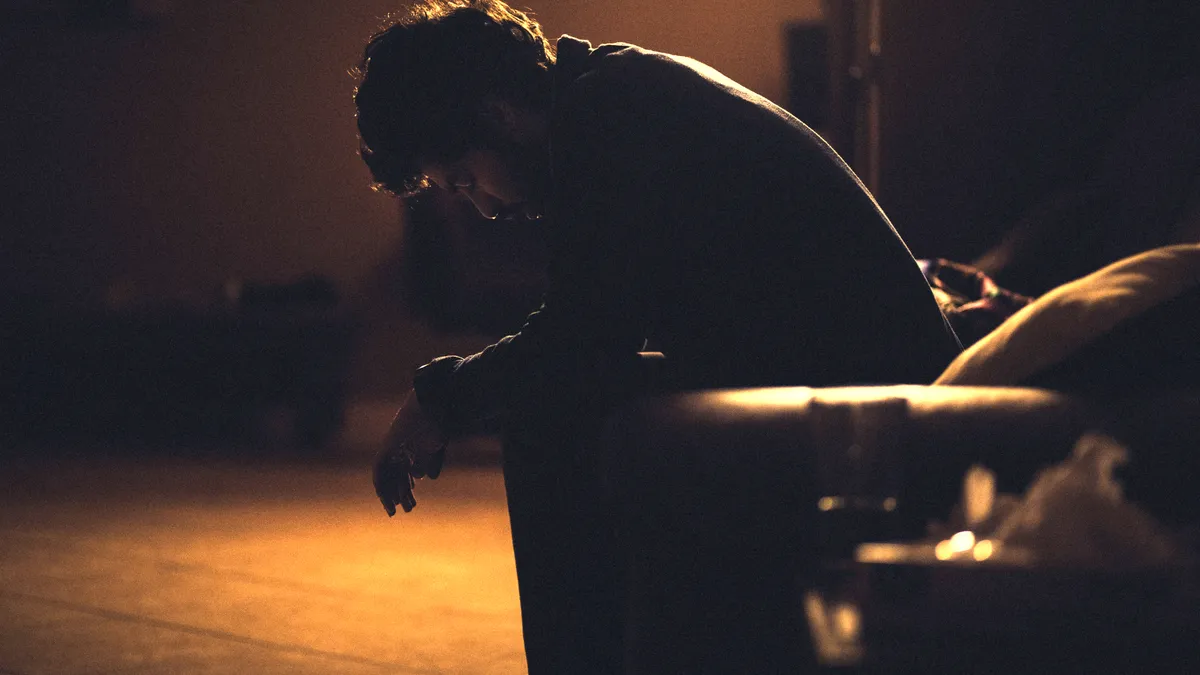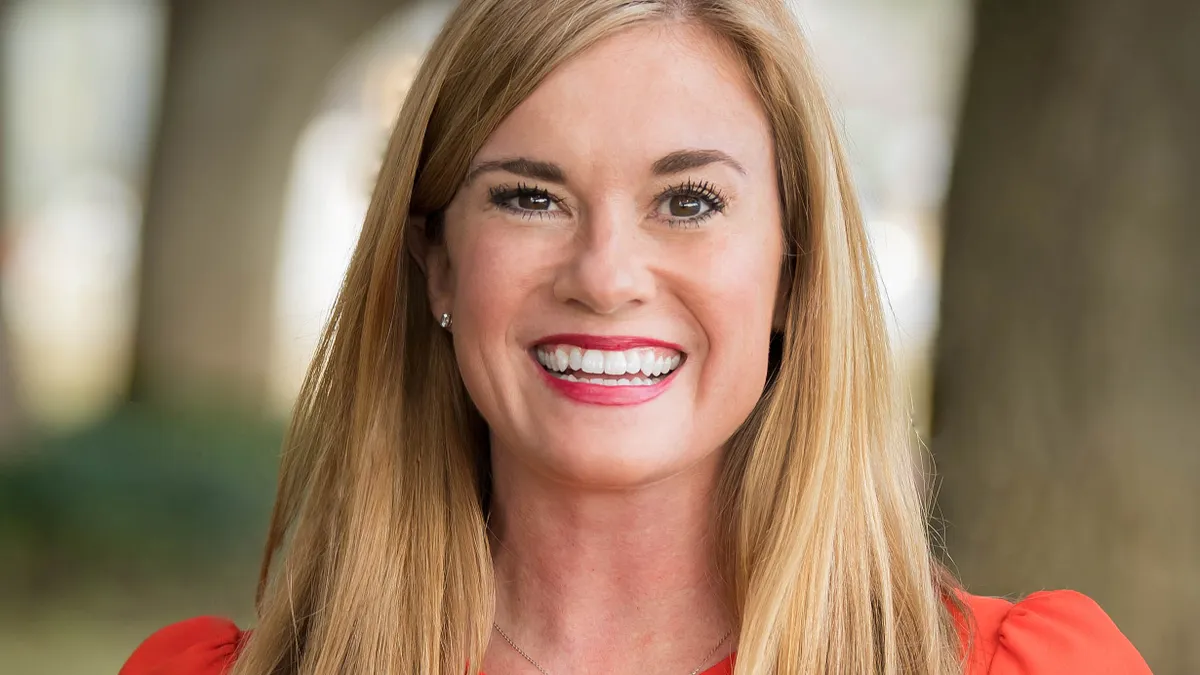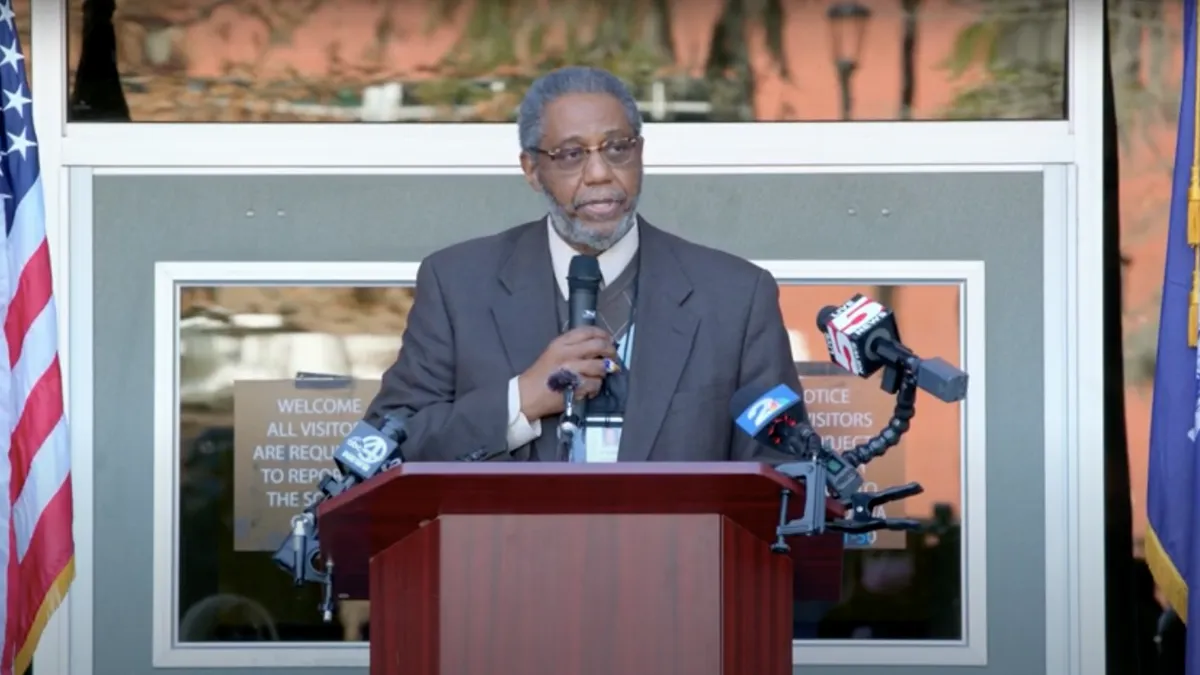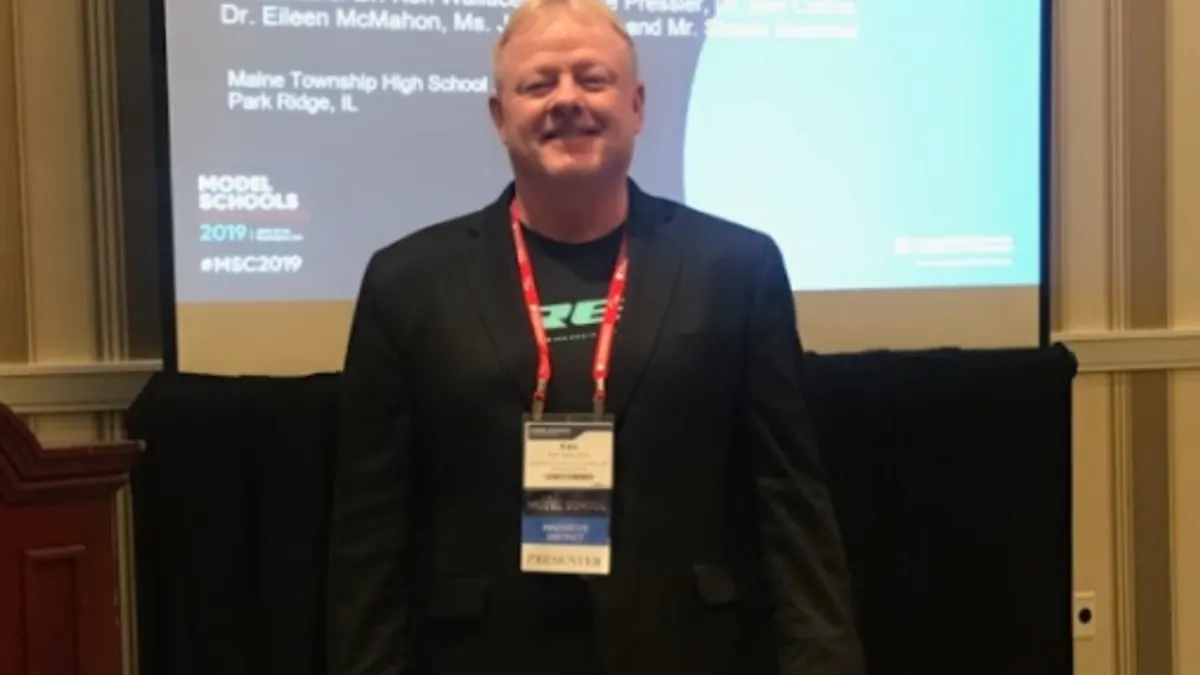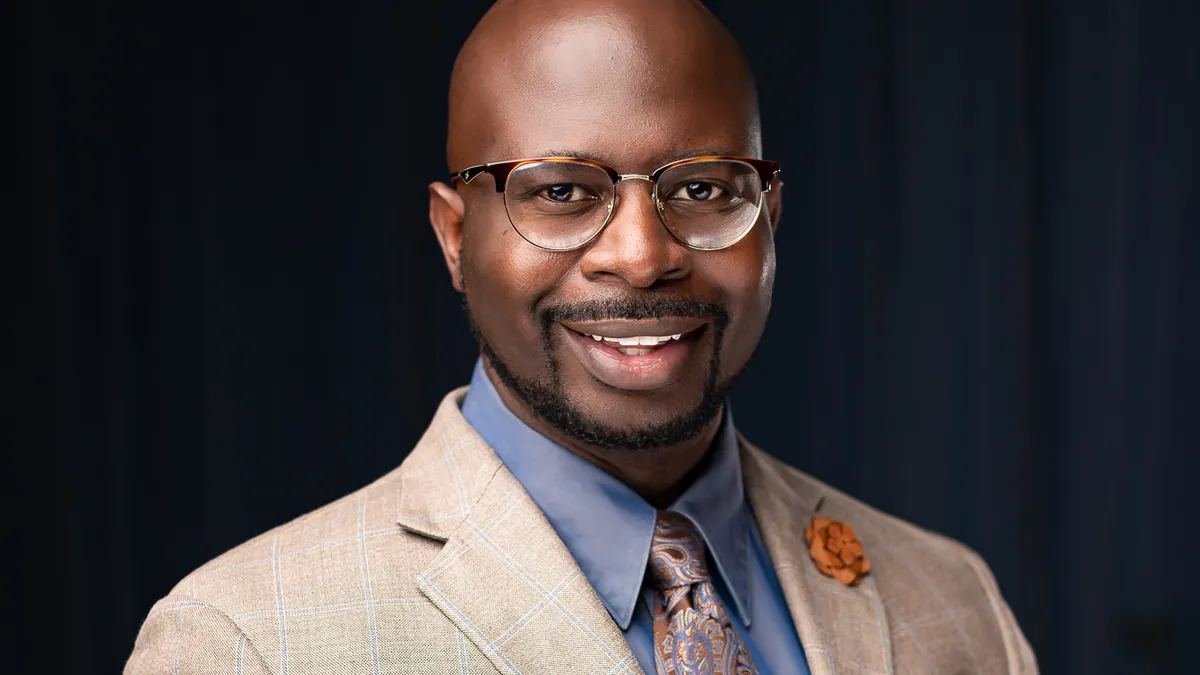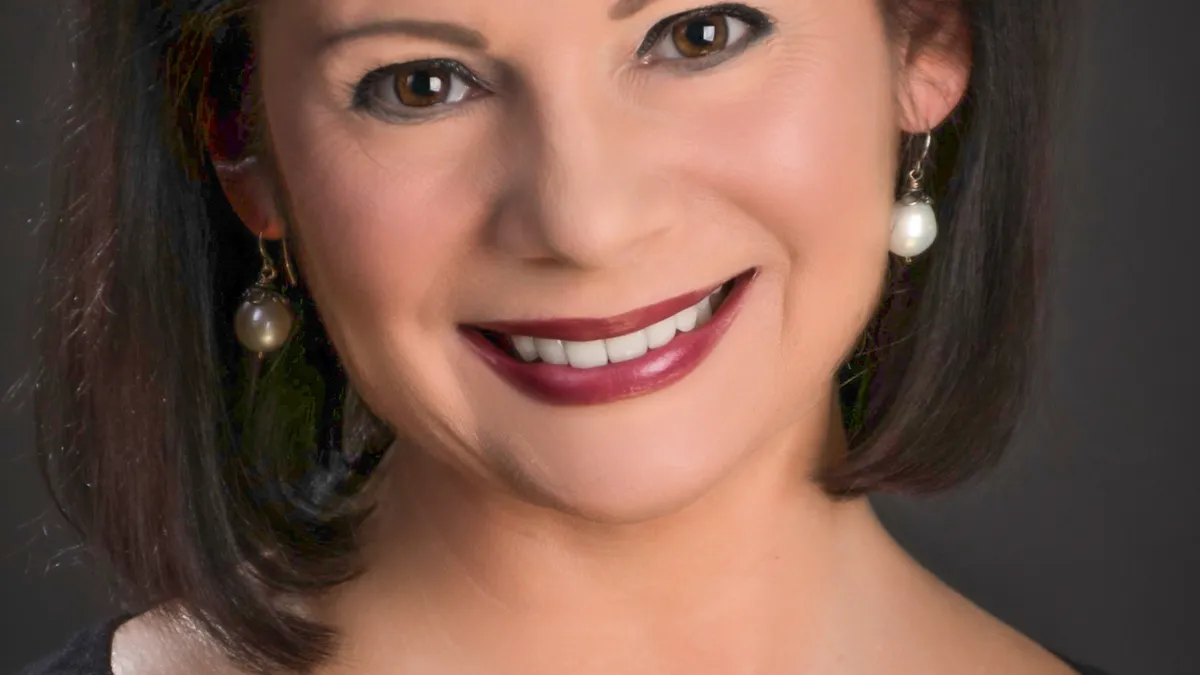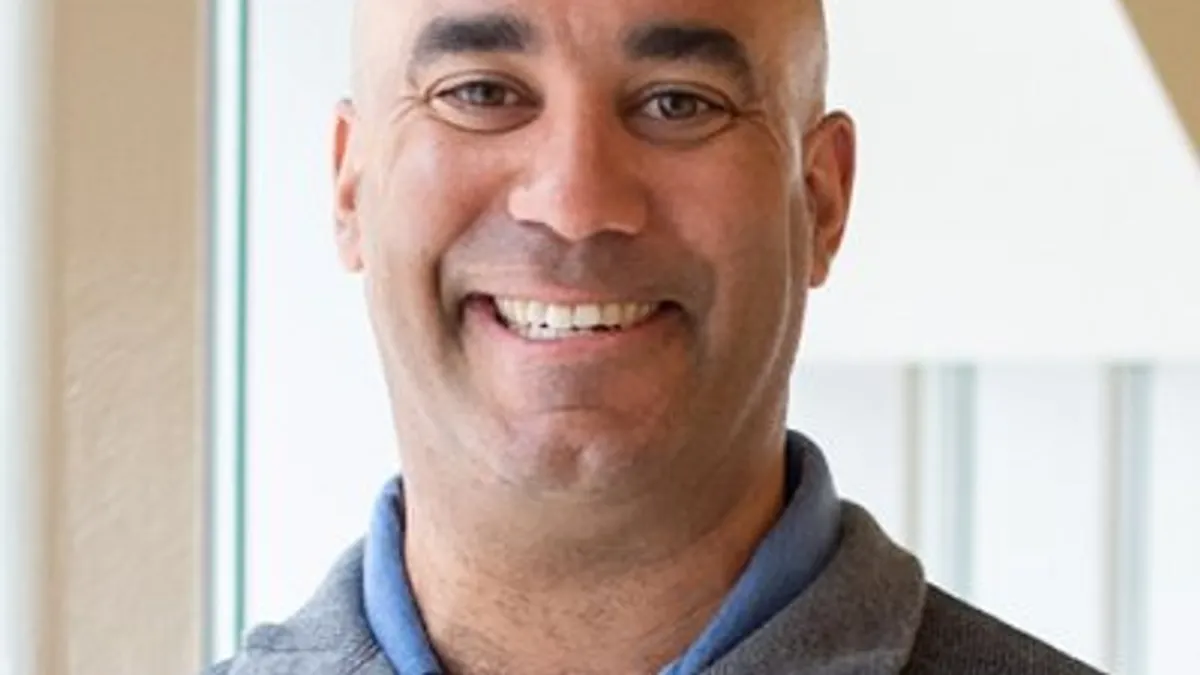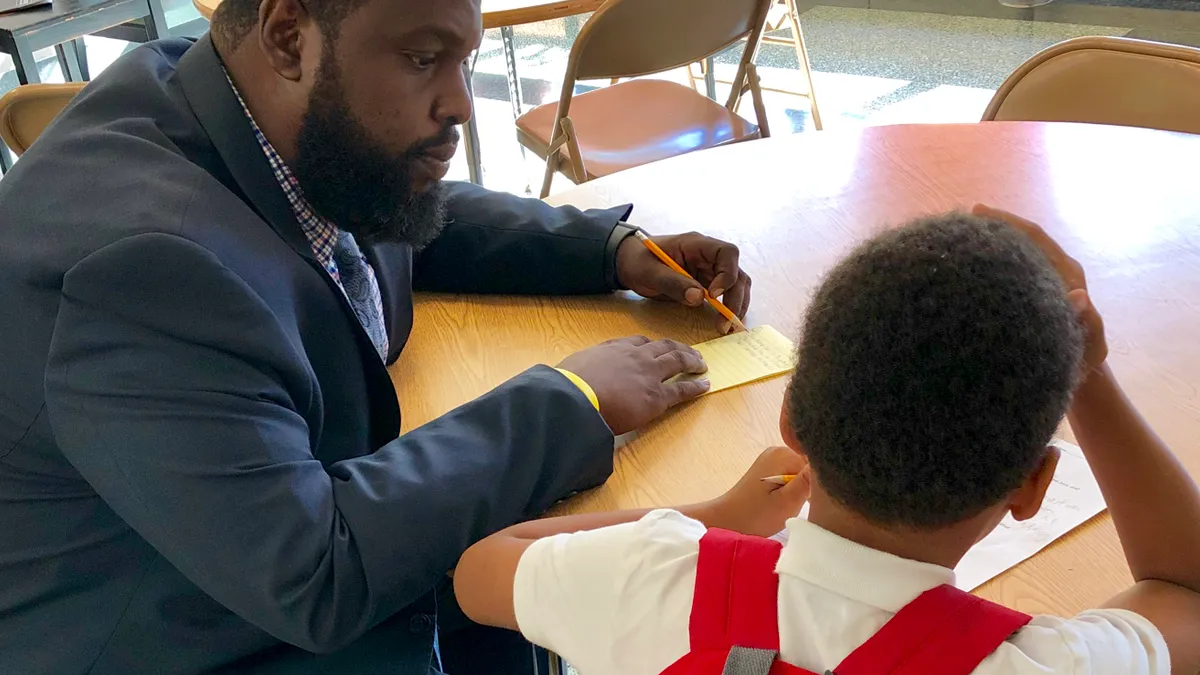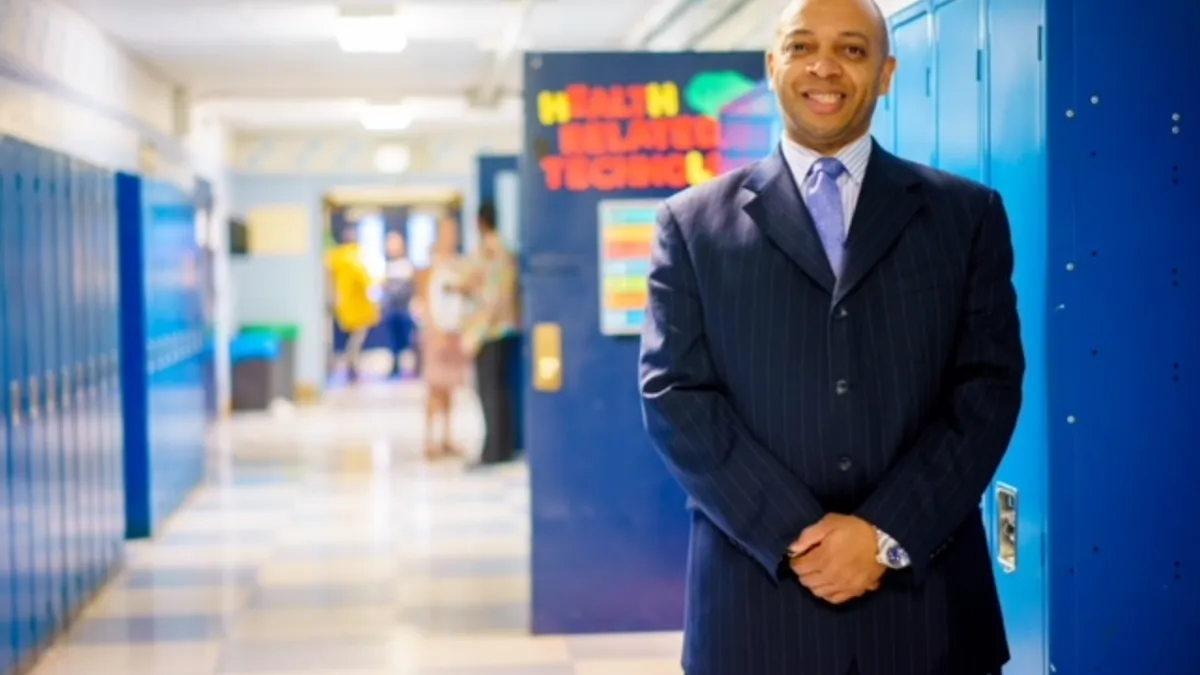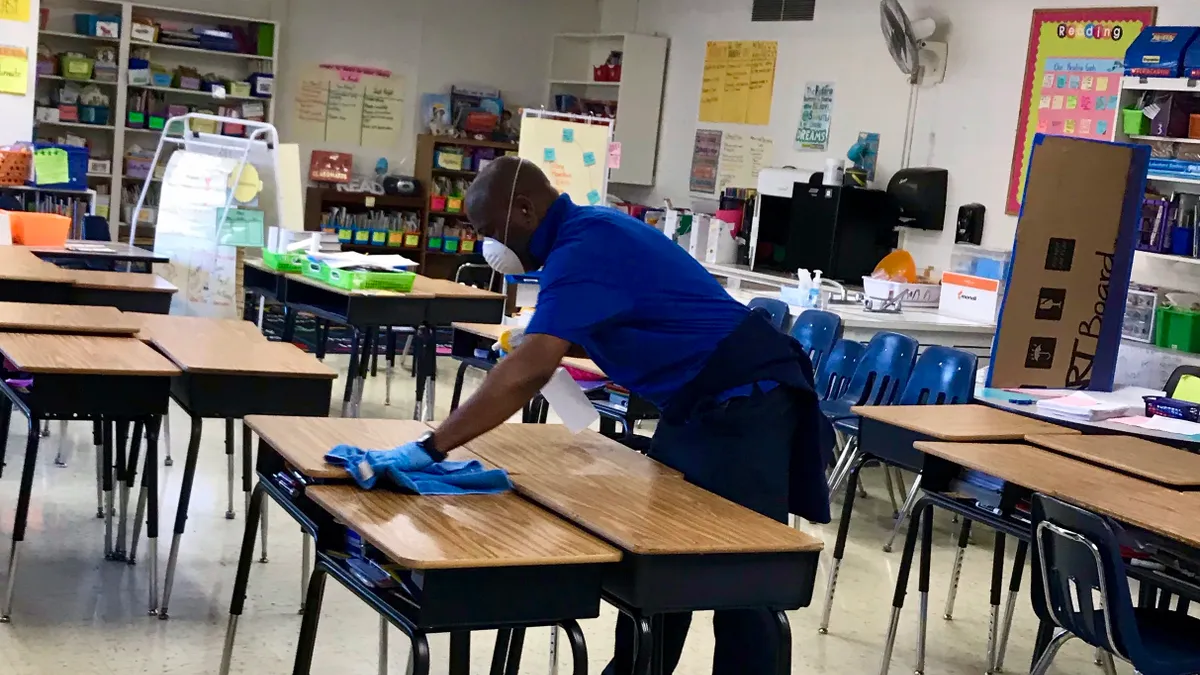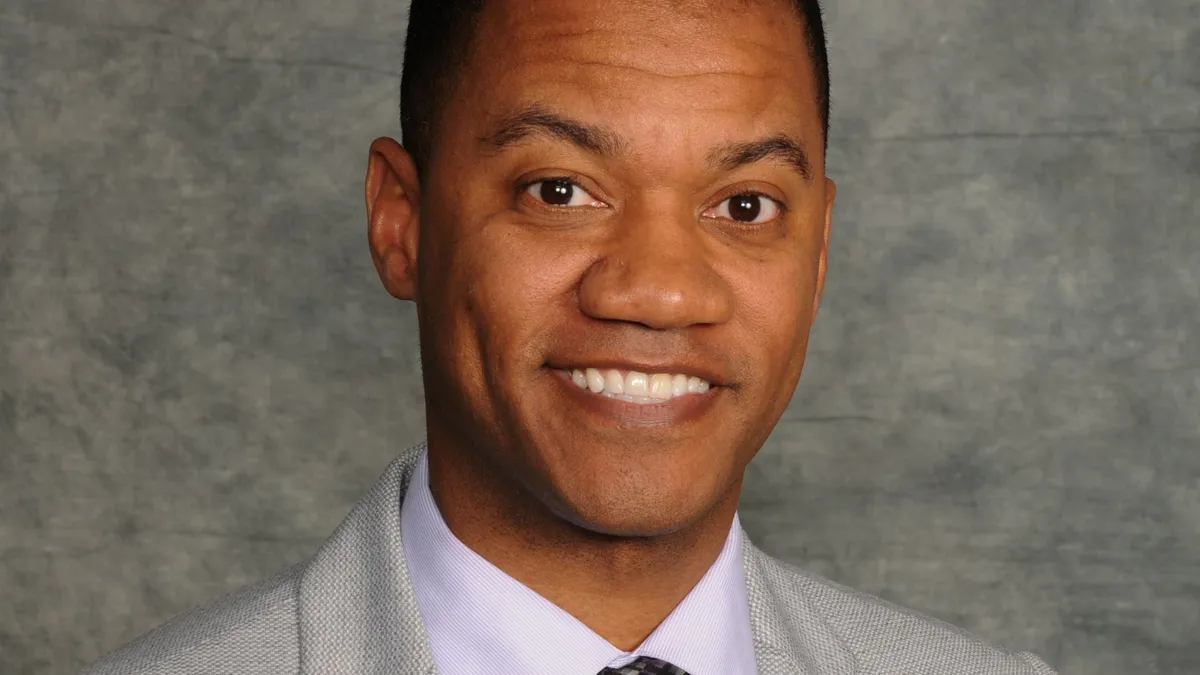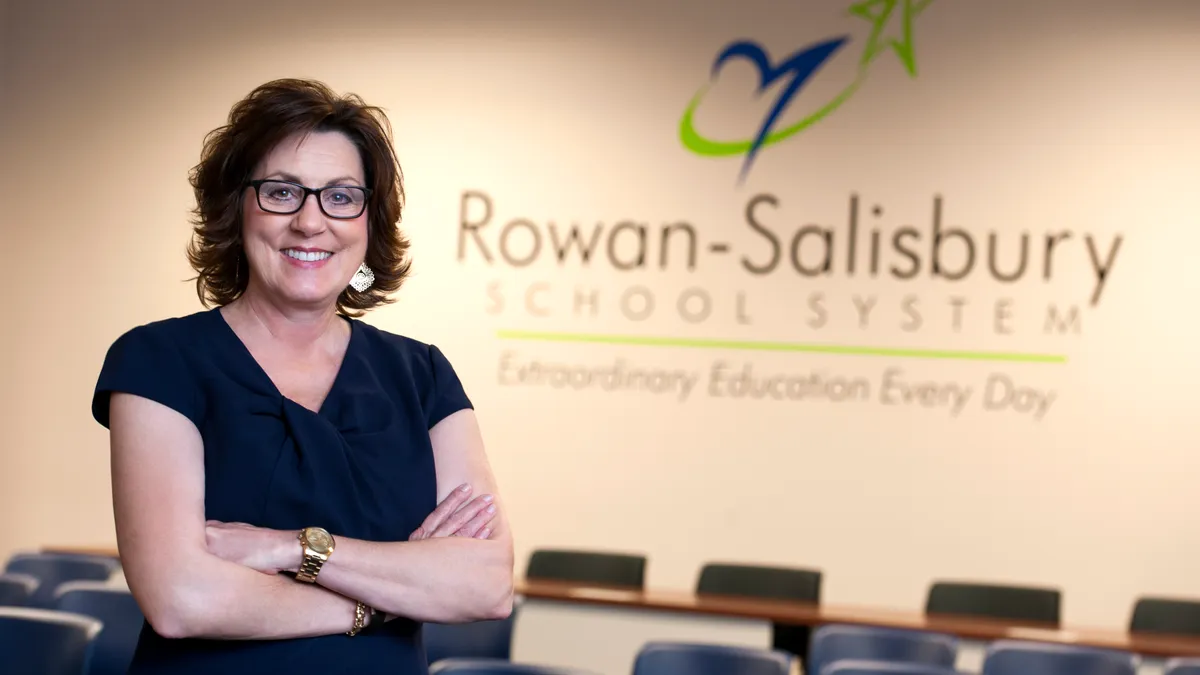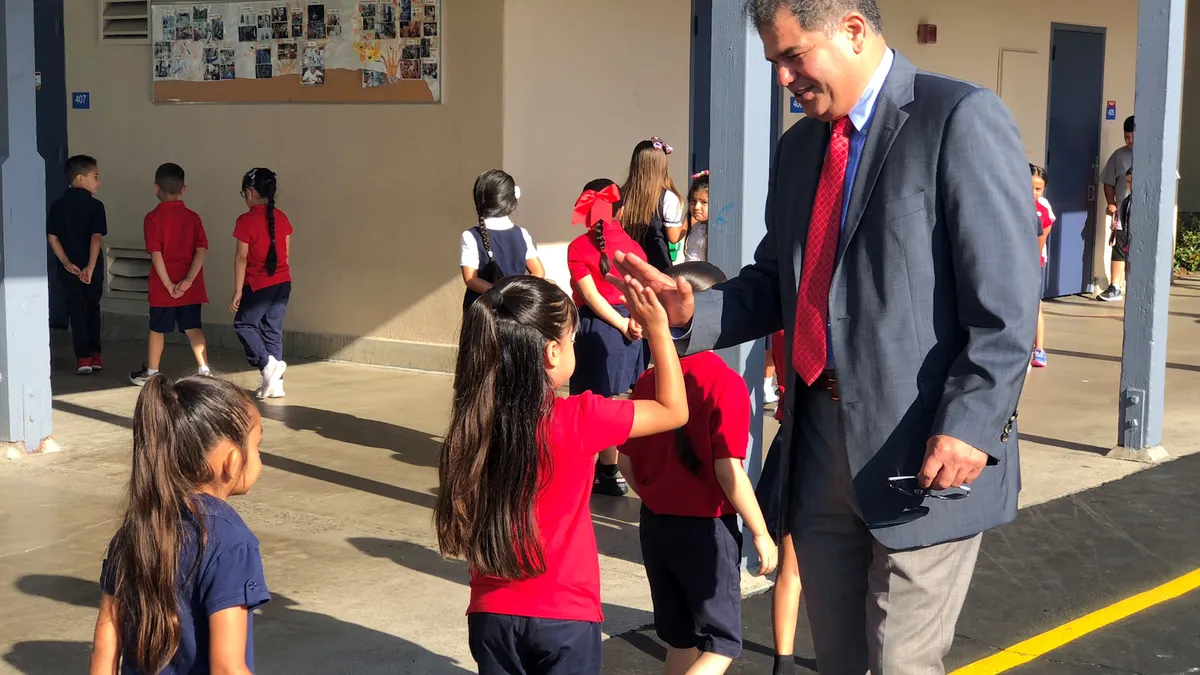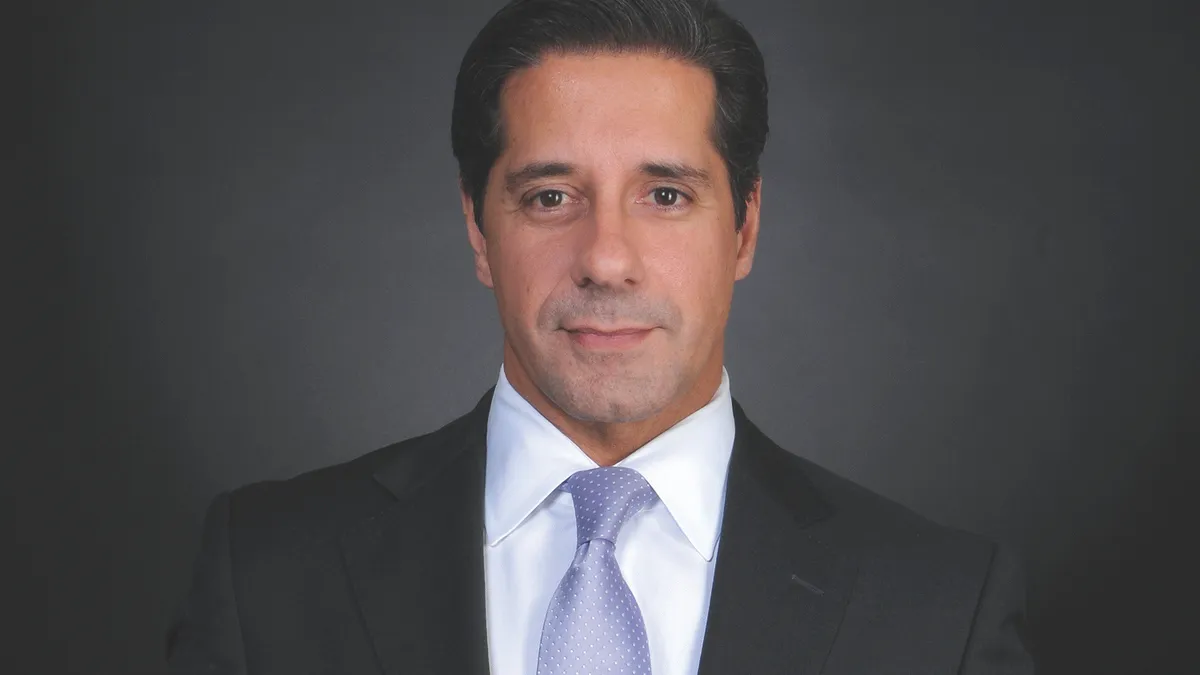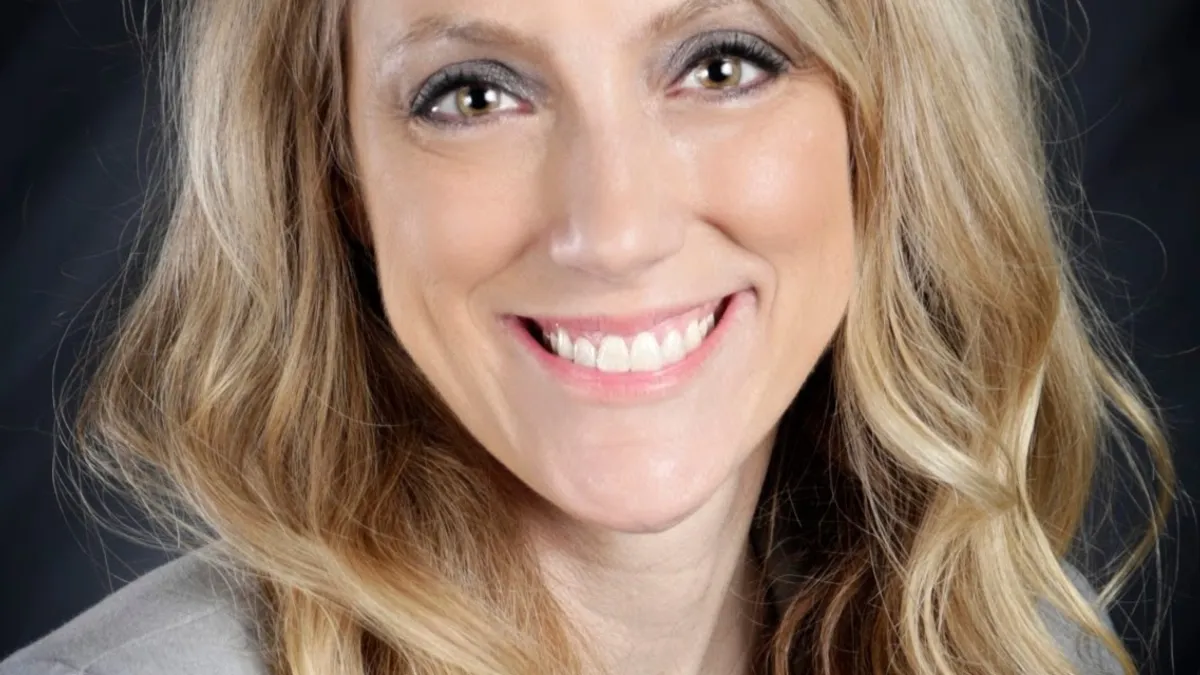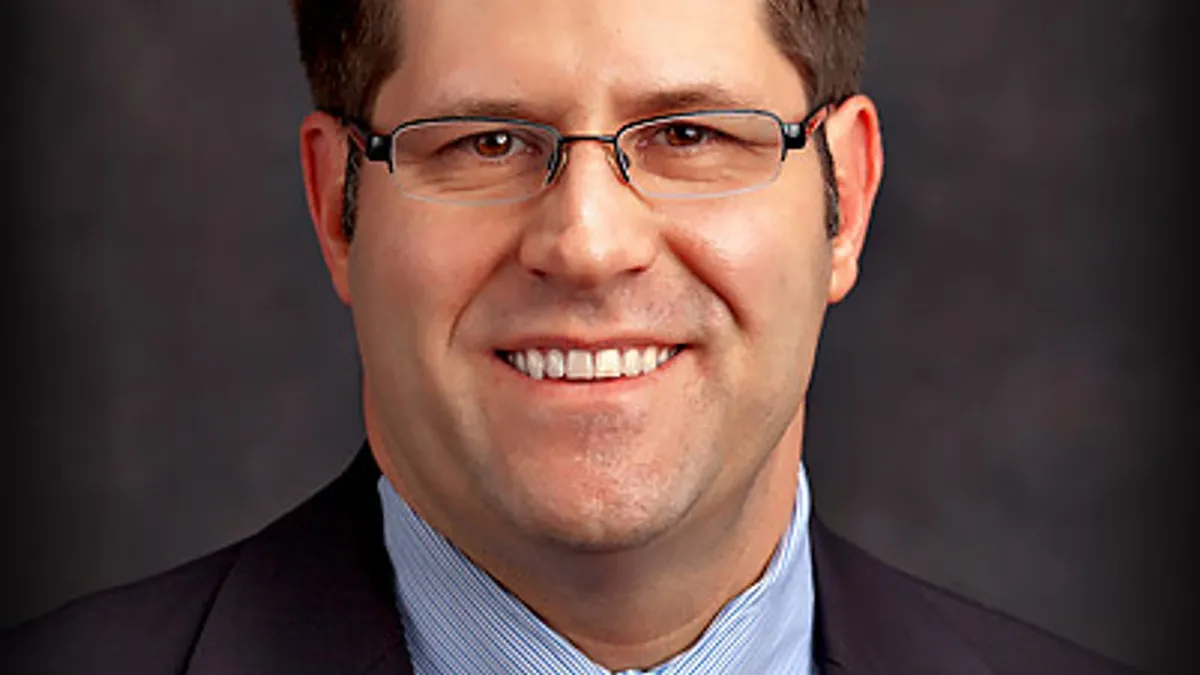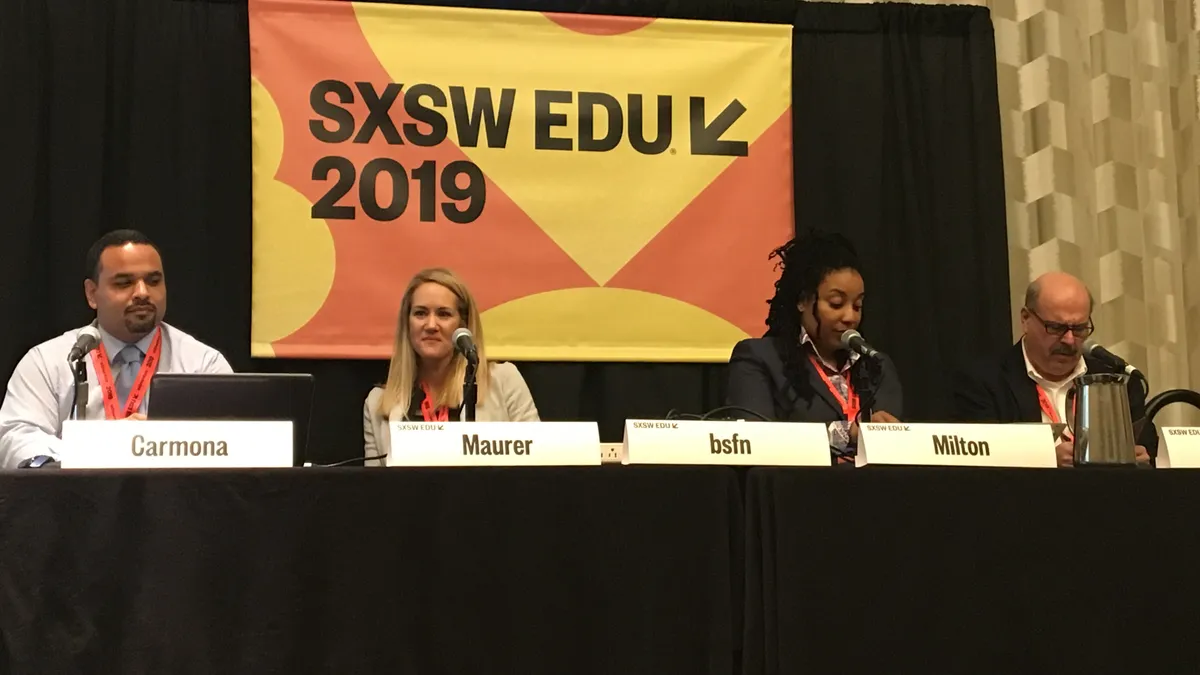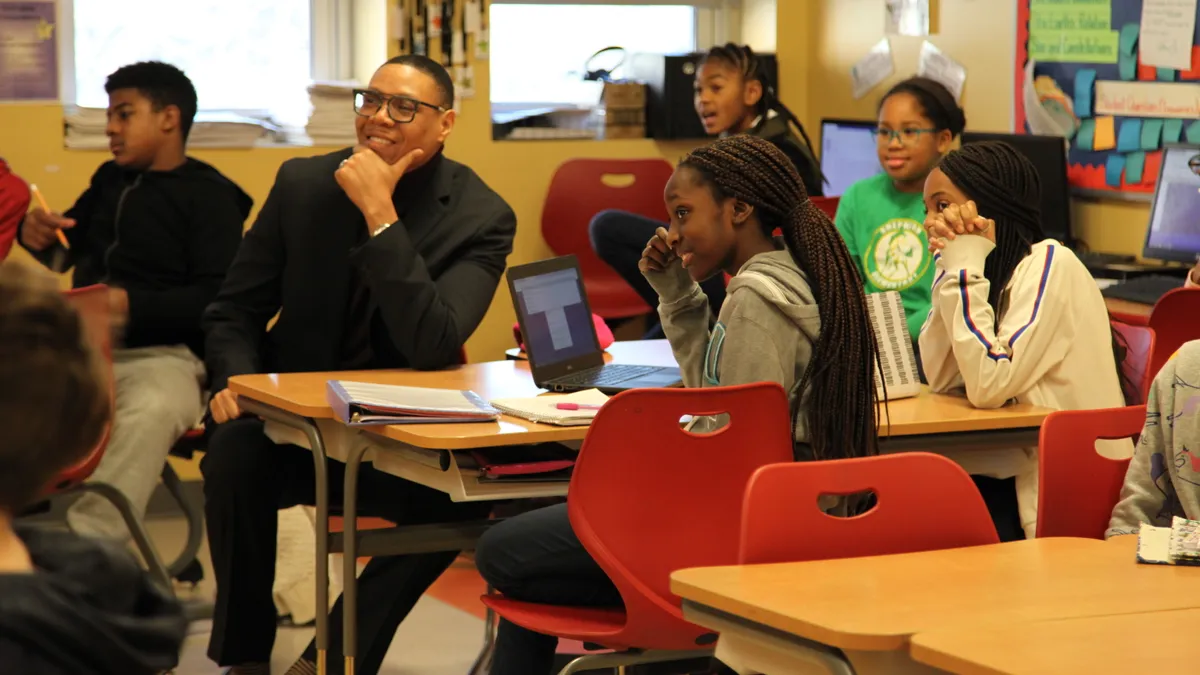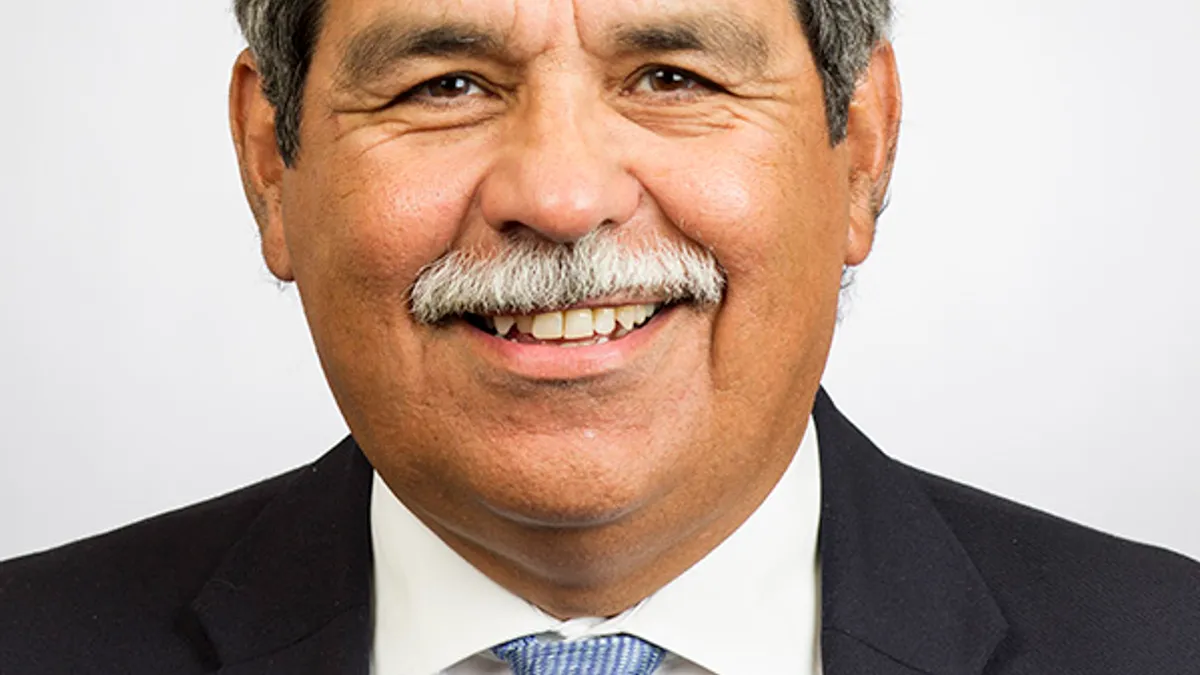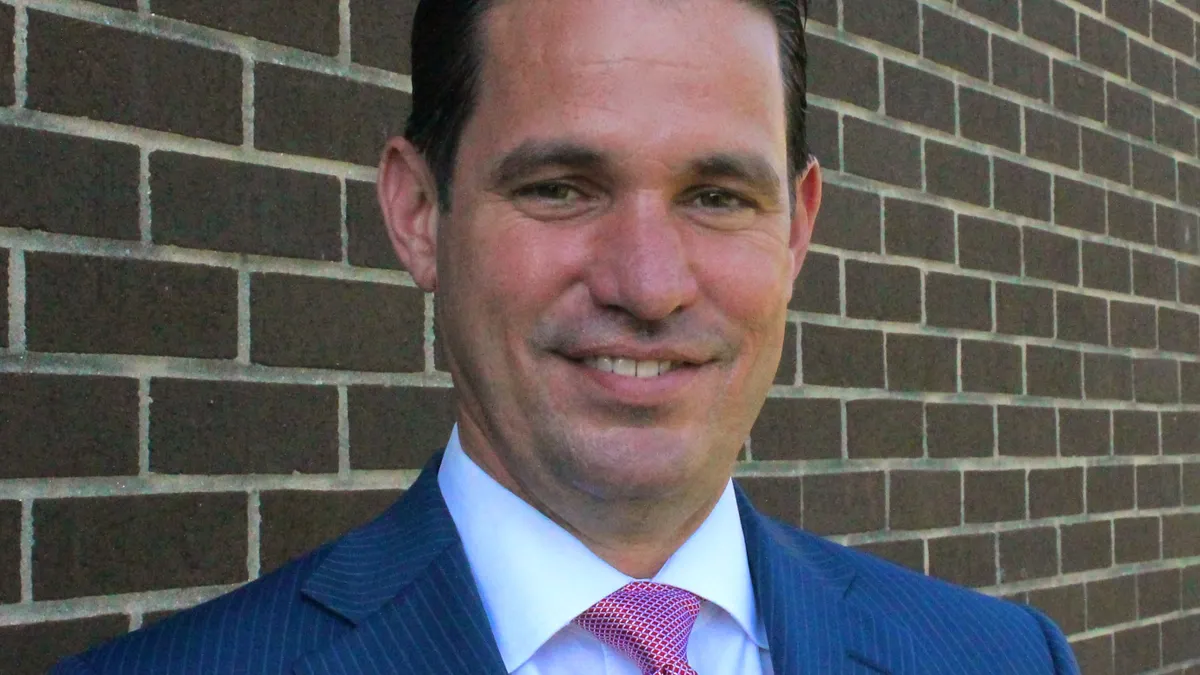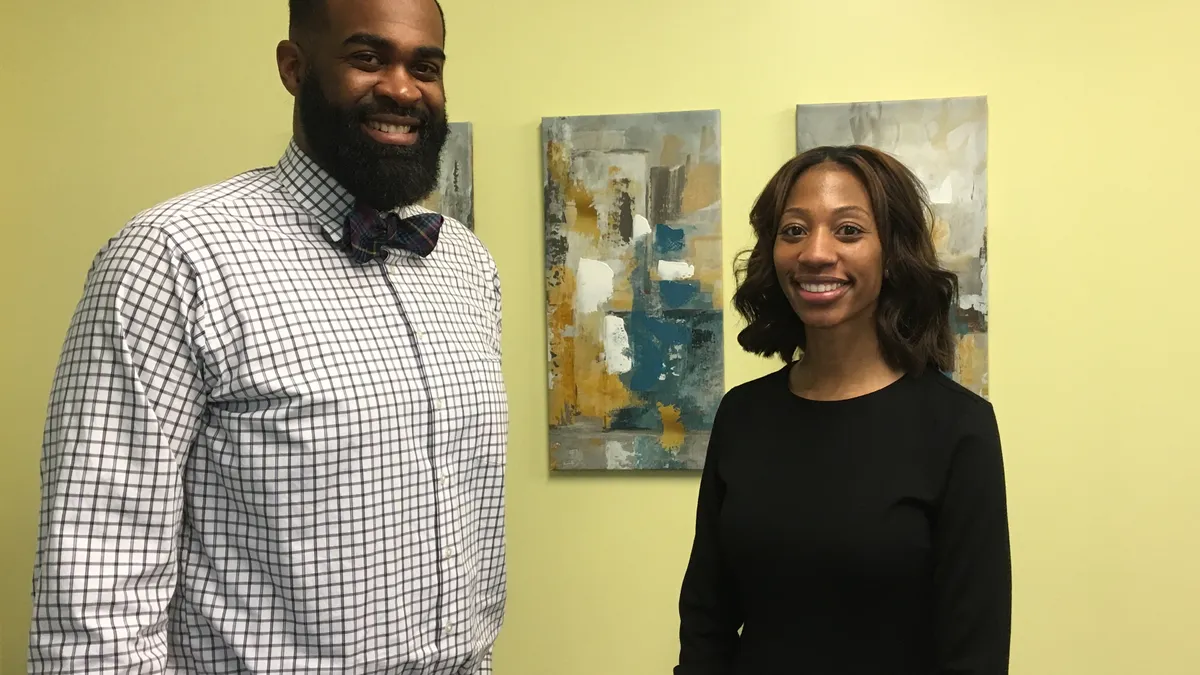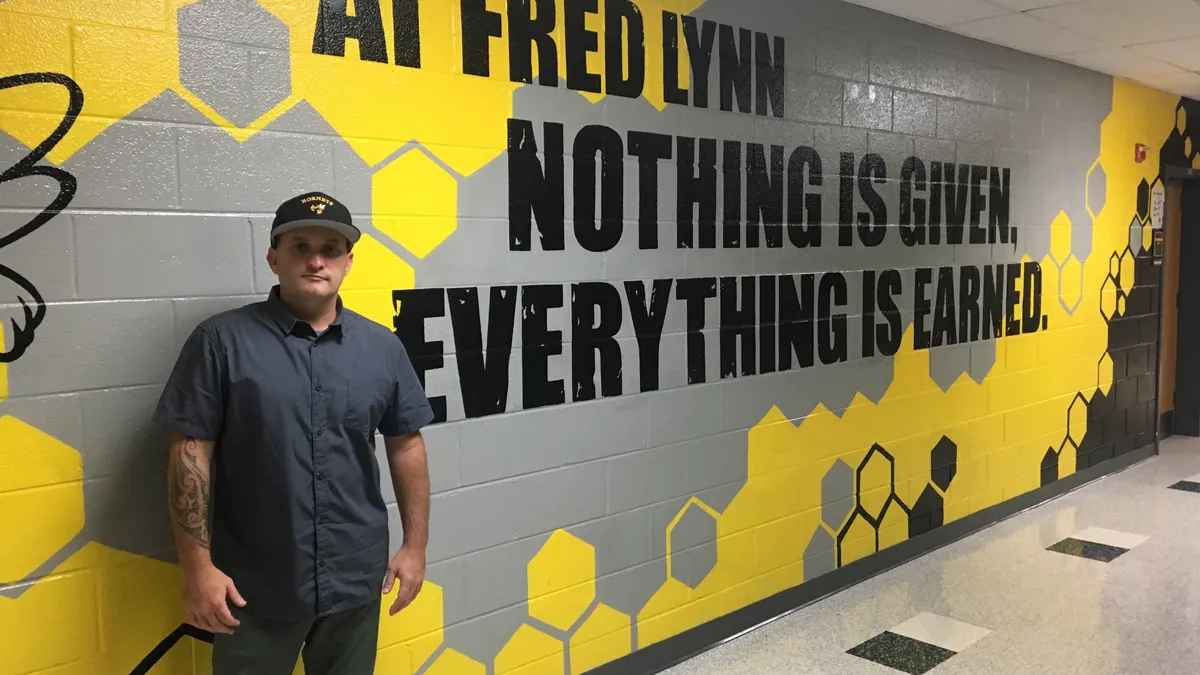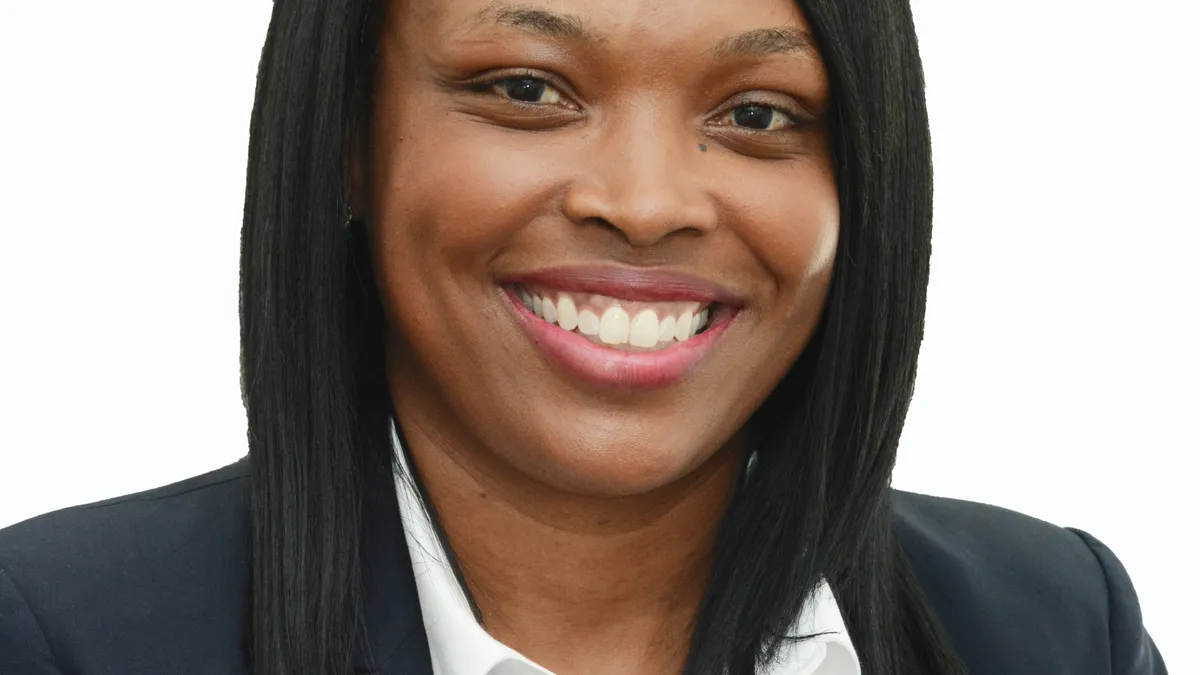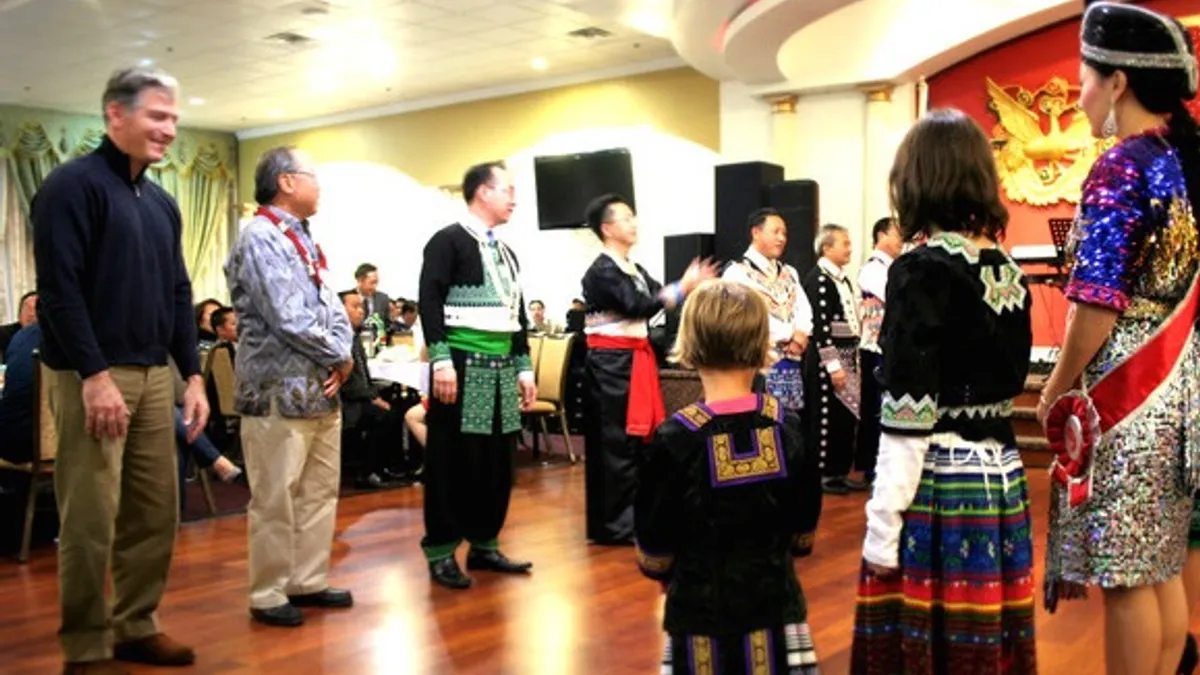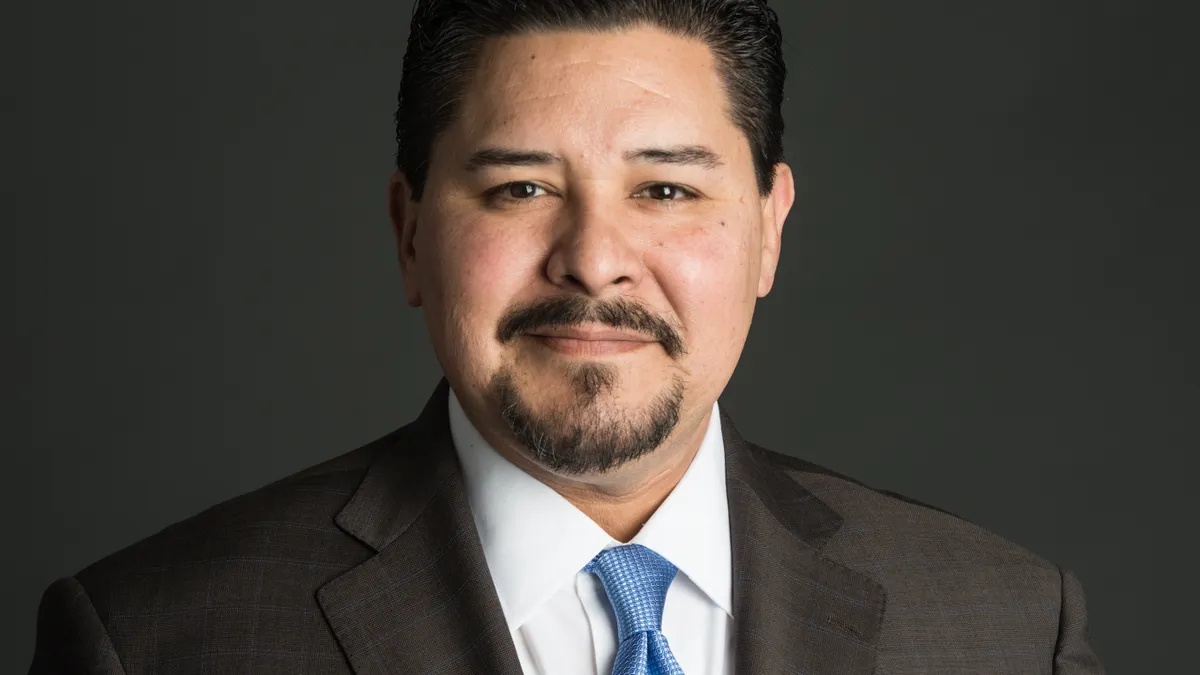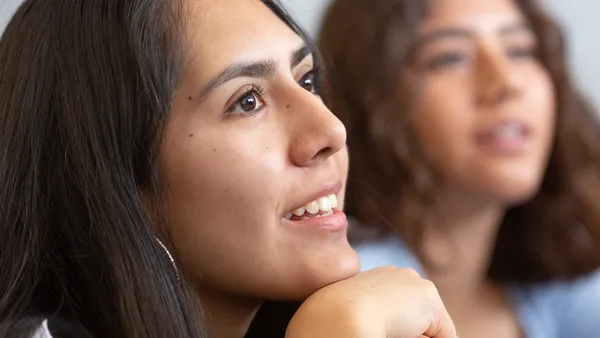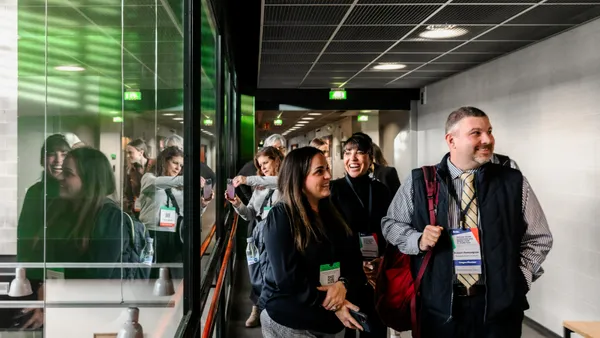Lessons In Leadership is an ongoing series in which K-12 principals and superintendents share their best practices and challenges overcome. For more installments, click here.
When looking for "rock star" school districts that really stick out for what they're doing, one of the last places one might consider is northwest Wisconsin. But it's there, in the Fall Creek School District, that Superintendent Joe Sanfelippo has brought a district of 850 students to national recognition.
"We're doing really great stuff here and that has nothing to do with me," Sanfelippo — also the cohost of the Hacking Leadership Podcast and co-author "The Power of Branding: Telling Your School's Story," "Principal Professional Development: Leading Learning in a Digital Age" and "Hacking Leadership: 10 Ways Great Leaders Inspire Learning That Teachers, Students and Parents Love" — recently told Education Dive. "It's all about the work that's happening in classrooms."
Having previously taught kindergarten, 2nd and 5th grades in other districts in the state, Sanfelippo found himself in Fall Creek eight years ago as the district's elementary principal following a previous stint in that role in Eau Claire, Wisconsin. "I knew that my family wanted to move to a smaller community," he said. "So, I took a look out here and within a year, I went from being the elementary principal to being the superintendent."
Upon his promotion to superintendent, he asked the board what they expected of him in the role. One of the board members said, “We've got a lot of really good things going on here, but nobody knows about them."
"I just told them, 'I might not be the best superintendent you're going to hire, but I'm the loudest person on earth. So if there are good things going on here, people are gonna know about it,'" Sanfelippo said.
Over the course of our conversation, he discussed the strategy behind how the district has shone on both a cultural level — for both students and staff — and its approach to promoting itself.
EDUCATION DIVE: One thing that your district is really known for is its strong culture. What are the one or two things that you'd suggest are critical for a district of any size to do to ensure that there's a solid foundation to build that on?
JOE SANFELIPPO: The first thing is that you need to trust your people. You hired them to do the job. Allow them to do the job. Make sure that there's a tremendous amount of trust in the work that you're doing. That goes both ways. We want to make sure that we allow people to risk- take and innovate on their own, but we also want to make sure they know that it's their journey, not ours — so we’re just going to try to help them through that journey as best we can.
Second thing is that we always try to consider making sure that the three components of the work that we're doing are at the forefront of what we do. And that is that we recognize the work that people are doing, we acknowledge to that person that they're doing great work, and then finally we extend that conversation to somebody who wasn't there so they know that they're doing great. That way the conversation extends beyond the two people who are in it. We’re really intentional about making sure that more people know about the great things that are happening in class.
Another thing I've heard you talk about before on that note is the importance of highlighting everyone's contributions in the district, from the janitor up — especially with the personal day giveaways.
SANFELIPPO: We give out between four and six personal days a year. The administrators go in and take over for the teacher or the staff member for the day, and that staff member gets a personal day to do what they want. This idea came from Deerfield, Illinois. About five years ago is when we started it. And then we started being really out in front of promoting it so people knew and understood how incredible our staff is in terms of the work that they do.
On the same front, when you're highlighting students and you're talking to their parents, why is it important to make sure that you're not just telling them that their student is great, but that you're basically pointing out specific instances where they really shine?
SANFELIPPO: If you’re really general on that, it doesn't resonate with people because they have heard that before, like, “Oh, you have a great kid.” But you don't need to tell me that my kid is great. I already know that. I just need to know why you think he's great.
So the “why” clearly matters in that conversation, and we just want to make sure that not only does it allow the parents to have a conversation about what that child has done specifically to receive that recognition, but it also reinforces the specific action the student has taken and therefore the student’s gonna want to do that again.
Something that really sticks out to me is that, despite the fact that you all are a fairly small, rural district, you've really been able to capitalize on social media and video to really build your brand and gain national recognition. What are some of the important things to keep in mind as far as a strategy for using that?
SANFELIPPO: I think the specific pieces of it — we do things in threes here all the time. “Recognize. Acknowledge. Extend.” “Be intentional. Open doors. Build staff.” And then this one, in terms of the brand stuff that we do, is, "Find your audience, find out where they are, find out where they live virtually. Build momentum. Celebrate kids.” We build momentum by making sure that we have, you know, contests or conversations in those spaces. So it’s “Find your audience. Build your brand. Celebrate kids.”



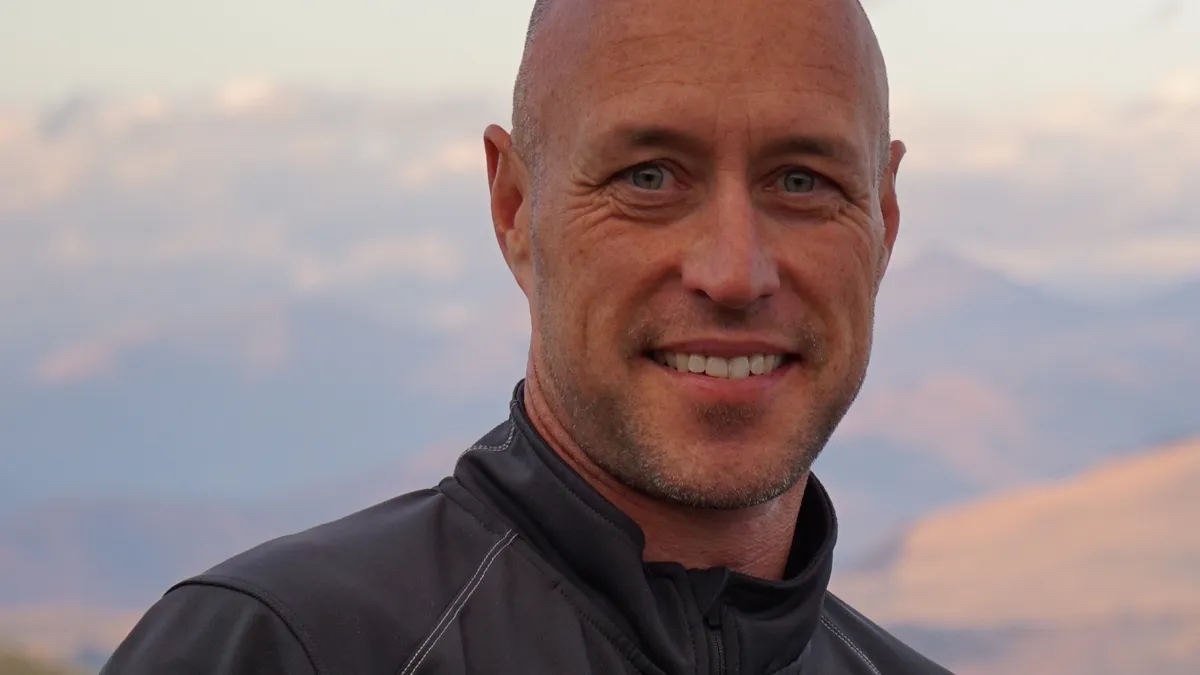



 Dive Awards
Dive Awards



